Summary
- Players can create their own characters in Baldur’s Gate 3, allowing for customization and catering to personal preferences.
- Making the right choices when it comes to Baldur’s Gate 3 character creation can lead to optimal gameplay and maximize opportunities in the game.
- Consider selecting the Dark Urge for a more riveting and morally challenging playthrough, choosing a pre-made origin for a cohesive party dynamic, and selecting a non-origin class for more straightforward gameplay.
Players who want to dive deep into the world of Faerun in Baldur’s Gate 3 can do so in the guise of their very own character. Thanks to the expanded nature of Dungeons & Dragons mechanics, players can create various characters that cater to their preferences. However, fans who want to make the best choices when it comes to Baldur’s Gate 3 character creation may want to consider maximizing their opportunities early.
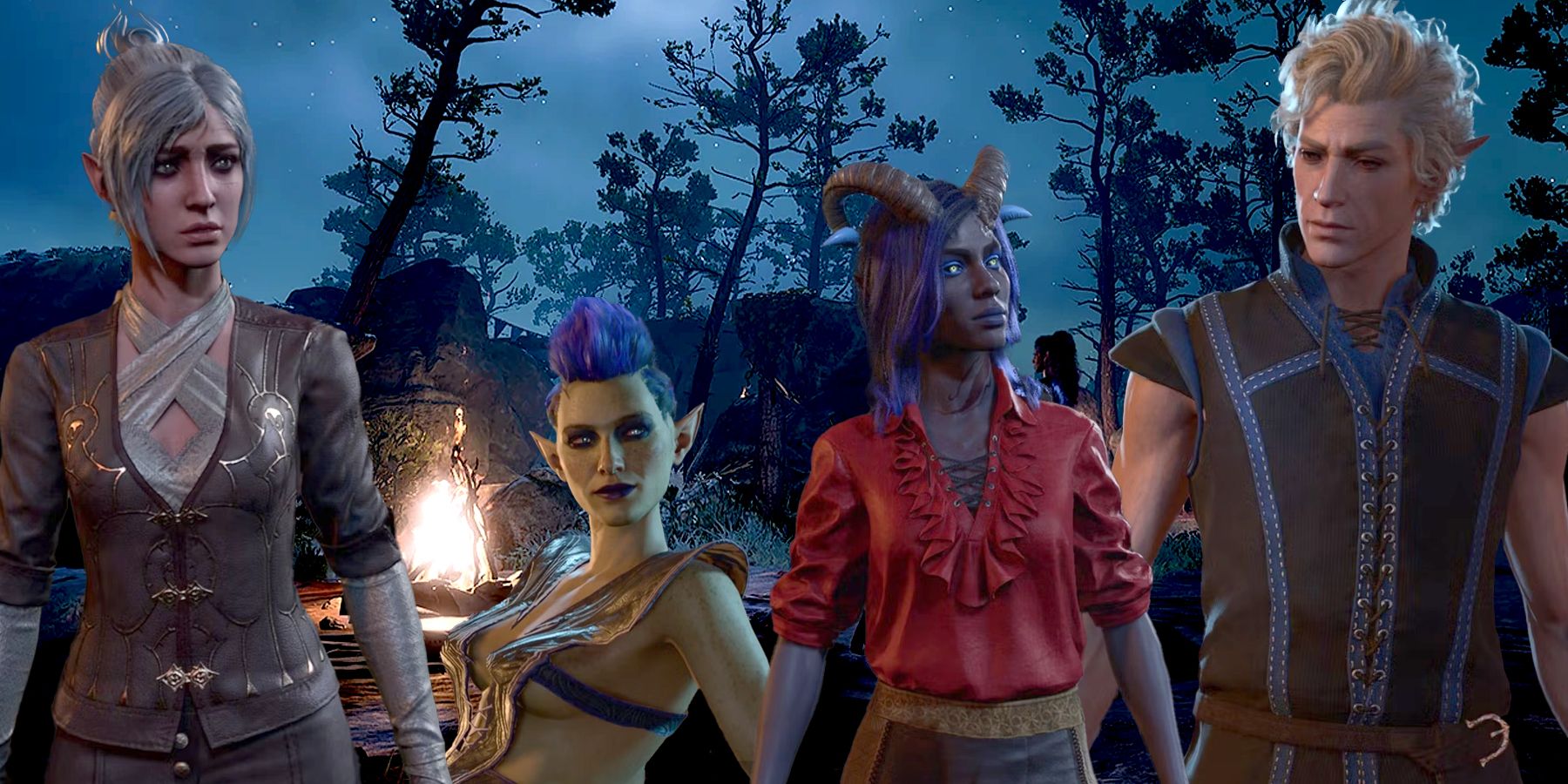
Related
Baldur’s Gate 3: The Best Camp Clothes And Where To Find Them
Fashion is key in Baldur’s Gate 3, and the best way to look great is to find fancy attire. Here are Baldur’s Gate 3’s best camp clothes.
With the right approach, Baldur’s Gate 3 players can create characters that could put even the edgiest and cheesiest D&D 5e build to shame – at least, in the context of the Larian Studios title. However, just how can players achieve an optimal character as soon as they start the game?
Updated on January 9, 2025 by Rhenn Taguiam: With Larian Studios teasing 12 new Subclasses about to be added to Baldur’s Gate 3, fans of D&D are probably excited to try even more builds across even more playthroughs. In that regard, fans and newcomers might want to remember some nifty tips and tricks they can rely on when building their player characters in their new runs. Among new tips to consider include worrying about final builds until later in the game, creating characters while taking into account how they change in the long term, and skipping first Classes that are often multiclass dips.
24
Worry About The Cheese Later On
If It Cheeses In The Midgame, Use It In The Midgame
|
Procedure |
Skip focusing on a pre-determined build until later in the game |
|---|---|
|
Effect |
Characters will inevitably get to Level 12 at some point in the game, it’s only a matter of how players build them |
There are some instances where advice can seem very “automatic” but still necessary to be reiterated for the purposes of emphasis. In the case of Baldur’s Gate 3 gameplay, this takes the form of advising players not to worry too much about making the “perfect” character at the start of the game.
The key idea here is that, while it’s true that there are “recommended” Baldur’s Gate 3 builds that can easily cheese certain moments of the game, it would still take hours of meticulous playing for players to reach those instances where builds shine. Builds will still likely make players switch Classes later on, rendering their character creation choices obsolete. If the full extent of the build can only be experienced at a certain point in the game, then there’s no reason to fixate on the “perfect” progression this early.
23
Remember That Builds Evolve
Even Plans Change On The Fly
|
Procedure |
Builds can require players to use hyper-specific point allocation and Spell choice that might not necessarily fit a player’s playstyle |
|---|---|
|
Effect |
Don’t stick to a build that doesn’t fit a playstyle, as no two playthroughs are exactly alike |
The RNG of Baldur’s Gate 3 roll-playing means there’s no way two playthroughs will be exactly alike. Combine this with the idea that players might not always be comfortable with the playstyle of a recommended build, and they will be left with a half-hearted playthrough they might not necessarily enjoy.
With this potentiality in mind, players should take the opportunity in the character creator to just go wild with a starting build they want and only rerolling their stats when they’re ready to pursue a particular build. Given the hassle of changing equipment and re-toggling Spells and Actions into the hotbar, it’s not worth it risking a build that players won’t enjoy in the long-term when they can start with a character they like at the onset.
22
Avoid Popular Multiclass Dips
Skip The Fighter And The Bard
|
Procedure |
Skip choosing popular one-level or two-level dips in Multiclass Dips such as the Fighter or the Bard |
|---|---|
|
Effect |
Doing this will open players to the Fighter and Bard Classes later on. They can maximize their existing builds of other Classes while still potentially enjoying the Fighter and Bard should they have to take some of their Features |
Given how Dungeons & Dragons and Baldur’s Gate 3 gameplay share a number of familiar Classes for players to choose from, its dynamic Multiclass system will always have “that one Class” that almost everyone dips into for their awesome Features. A popular example would be the Fighter to get their nifty Action Surge and their Proficiencies.
With this eventual “dipping” in mind, players are better off skipping the Fighter in character creation and instead opt for the “other” Class in their planned builds. That way, players can fully immerse themselves in the mechanics of the other Class and only dipping into Fighter for the extra juice. Remember, if Classes like the Fighter are more or less always picked as a Multiclass dip, then it means the Class is likely much easier to maneuver in the long run. In this case, the Class is better reserved for a Companion than a main player character.
21
Remember How Stats Contribute To The Game
Know How Each Stat Affects The Game Before Investing Into Them
|
Procedure |
Focus on stats with long-term effects |
|---|---|
|
Effect |
This ensures players only invest in Abilities and Skills that benefit them |
Being an adaptation of D&D mechanics, gameplay in Baldur’s Gate 3 also relies on Skill Checks to pull off special encounters with environmental elements. For instance, having low Perception (WIS) can make players miss important landmarks or even traps that another character can detect. These checks can only be more successful if their particular stats are high enough, but sometimes players can invest in many stat that they don’t end up as useful.

Related
Best Action JRPGs For Challenging Combat, Ranked
Action JRPGs are noted for their difficult combat and challenging game design, and these are how they stack up against each other.
Unlike Skills that have a more “active” role in the game, Ability Scores can affect more internal properties of characters that players shouldn’t overlook.
- Strength: Aside from determining Attack and Damage Rolls, Strength determines Jump Distance and Carrying Capacity (both for Inventory and Throws).
- Dexterity: Aside from checking long-distance Attack and Damage Rolls, they determine Armour Class for Medium Armor and Initiative. Its Saves are commonly based on dodging spells and attacks.
- Constitution: The CON Mod is added to Hit Points a character gains per level. Its Saves are made against spells with a certain duration.
- Intelligence, Wisdom: Both INT and WIS affect situations where players need to either rely on their knowledge or analyze situations. In turn, they’re often related to checks pertaining to understanding others or the environment around them.
- Charisma: This heavily influences how dialogue can present extra options based on its Skills such as Persuasion, Intimidation, and Deception.
20
Lean Towards An Independent Build
Guarantees A Fallback Plan If Beloved Companions Leave’
|
Procedure |
Make a self-sustaining build with combat, defensive, and recovery options |
|---|---|
|
Effect |
Decisions might force characters to leave, ensuring players can accommodate the roles they leave behind |
Choice is an important aspect of Baldur’s Gate 3 gameplay, especially when narrative decisions can force characters to leave the party permanently. Since situations as early as Act 1 can determine the fate of party members in the game, players can find themselves losing Companions through unexpected decisions. And for players who don’t want to undo these choices, these situations won’t be able to force players at a disadvantage with an independent build.
At its core, players who create a character for their Baldur’s Gate 3 experience should come under the assumption that the Companions won’t stay forever. This is especially the case when keeping some Companions within their Classes. Astarion won’t always be there to give powerful Sneak Attacks, while Wyll can’t always provide his powerful spells as assets. In this regard, players need to consider self-sufficiency when creating builds. Their character should not only have default melee and ranged attack options, but they should also have ways of navigating the battlefield or even some measure of casting for utility.
19
Pay Attention To Dump Stats
Make Sure Other Characters Complement Low Stats
|
Procedure |
A Dump Stat is the character’s lowest stat in the game. Choosing a Dump Stat that is commonly used in Checks and Saves can spell trouble for players |
|---|---|
|
Effect |
Try to keep a Dump Stat at +0 for the least risk |
When building Dungeons & Dragons characters, stat distribution will likely force players to have a Dump Stat. This is the Ability Score of a character with the lowest number, and therefore the lowest Modifier. Ideally, the Dump Stat is nowhere near the stat a character needs to fulfill their combat roles such as STR for a melee-based Fighter or INT for a spellcaster like the Wizard. However, unless one is a Spellcaster, it’s common for INT and WIS to be the “default” Dump Stat of characters.
While there’s certainly no problem in choosing these as Dump Stats, players need to pay careful attention when choosing both of them in the context of Baldur’s Gate 3. Exploration will force the game to pull surprise Checks on players, missing relevant information, and even traps via Perception (WIS) or even spotting clues in puzzles with Investigation (INT). Among the two, INT is the more practical Dump Stat, especially when the likes of Wyll (if he’s built like a Wizard) can be the go-to expert for puzzles. Despite the temptation to use WIS as a Dump Stat, it’s also a common Saving Throw.
18
Pick A Bard For Basic Utility
Choose A New Class After Trying Out The Others
|
Procedure |
Build a Bard first before respeccing a character into another build |
|---|---|
|
Effect |
The Bard is both a unique non-Origin Class and specializes in utility, enabling players to take the spotlight while also supporting their Companions in combat |
The core Baldur’s Gate 3 experience comes with a Character Creation suite boasting all 12 of D&D’s main Classes. Among these Classes, seven are technically spread across the starting Companions (Barbarian, Cleric, Fighter, Rogue, Warlock, Wizard), while three more are among Companions to be met down the line (Druid, Paladin, Ranger). This essentially leaves three Classes (Bard, Monk, Sorcerer) to be used among Origins, and the Sorcerer is implied to be the canonical Class of the Dark Urge. Between the Bard and the Monk, however, a player may want to choose to start the game as a Bard.
Similar to the Rogue, the Bard is also a Skill juggler for having many Proficiencies. Moreover, their Bardic Inspiration is perhaps among the best utilities a party could have in the game with its overall boosts. Players who pick a Bard become the party’s Face, and their CHA specialty allows them to do so while performing Persuasion, Intimidation, and Deception Checks reliably. With the Bard, players can stay in the back row and observe the way their party members’ chosen Classes encourage them to act in combat. That way, players can find the playstyle that best suits them without risking experimentation – especially at initial campaigns where respeccing with Withers can get expensive.
17
Exploration Skills Boost Early Survivability In Dungeons
Exploration Checks Can Spot Worthwhile Clues
|
Procedure |
Invest in INT and WIS for Investigation and Perception, with a bit of Nature and Arcana if possible |
|---|---|
|
Effect |
Many automatic checks in the game involve any of the above, which may help players spot traps and relevant clues |
Players know they’ve unlocked a crucial part of a dungeon in Baldur’s Gate 3 once the narrator begins speaking, and players can only ensure they haven’t missed any spots if they have their exploration Skills in order. When making a character, players should consider having Proficiencies in an observation-based Skill such as Investigation, Insight, Nature, Perception, and Survival.
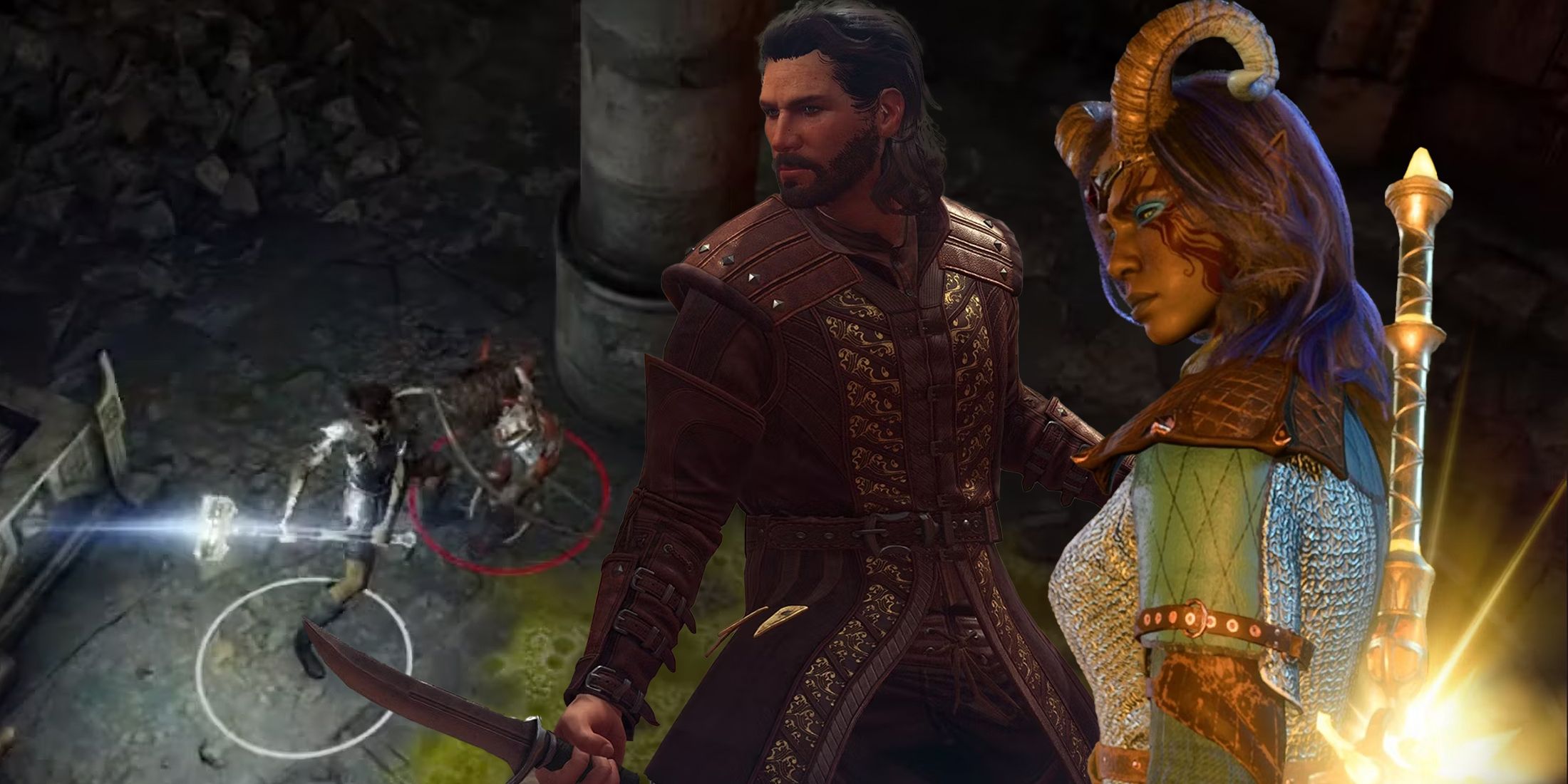
Related
Baldur’s Gate 3: 16 Best Feats for Druids, Ranked
Some feats in Baldur’s Gate 3 are better suited for Druids than others. Here’s which ones are the perfect choice for nature’s guardians.
Having Proficiency in any of these Skills can give players a fighting chance in securing spontaneous Skill Checks during exploration. This allows players to jump the gun on traps to disable them before they damage players. Moreover, these Skills are the only ways to help players spot hidden treasures that they can pick up with Shovels.
- Knowledge: Go for INT-based Skills, particularly Investigation.
- Exploration: Go for WIS-based Skills, especially Perception. Insight, as well as Survival, could be decent secondaries. STR-based characters could also opt for Athletics, whereas DEX-based characters could go for Acrobatics.
16
Conversation Skills Guarantee Early Rapport With NPCs
Charisma Skills Can Secure Smooth Conversations
|
Procedure |
Raise CHA to proc more Persuasion and Intimidation Checks |
|---|---|
|
Effect |
High enough CHA can ensure players can get the most out of conversations |
Conversations form a crucial part of a player’s Baldur’s Gate 3 experience, especially with NPCs whose feelings towards the player may dictate whether they can be of assistance regarding specific quests or tasks. Since one wrong conversation can instigate an encounter, players can develop a high-CHA character to secure smooth-talking opportunities.
High-enough CHA should proc options such as Persuasion and Intimidation, especially if players have Skill Proficiencies on these actions. Having access to these options can help players have a fighting chance in pleasing NPCs for favorable outcomes, especially in quests.
- Persuasion (CHA) is a friendlier way of convincing an NPC to be more open to the player’s idea
- Intimidation (CHA) is a more aggressive way of forcing NPCs to do the player’s bidding, although this may lead to lessening the NPC’s opinion of the player or even combat
15
Crime Skills Help Players Cheese Setups
Raise Certain Skills To Cheat One’s Way Out Of Sticky Situations
|
Procedure |
Deception (CHA) and Sleight of Hand (DEX) are Skills worth the attention |
|---|---|
|
Effect |
High-enough CHA and DEX can ensure players can con or even Pickpocket enemies efficiently |
Considering the wealth of options players have as early as Act 1, it’s easy for Baldur’s Gate 3 to feel overwhelmed with things they can or can’t do with NPCs. Since merchants can be Pickpocketed alongside other NPCs, it’s not surprising if players thought of doing a bit of thievery with their characters.
In order to cover this option at the onset, a player’s DEX-reliant character should try getting Proficiency in Sleight of Hand early on. That way, players can Pickpocket their way out of lack of Gold in order to get any of the high-rarity items they want.
- Deception (CHA) assists in lying to other NPCs to gain an advantage in conversations
- Sleight of Hand (DEX) can aid in stealing items via Pickpocketing
14
Consider The Dark Urge
Start An Evil Playthrough
|
Procedure |
The Dark Urge is a special Custom Origin tailored for darker playthroughs |
|---|---|
|
Effect |
This provides a vastly different story compared to the more heroic Custom Origin |
Unlike character creation mechanics in RPGs such as Divinity: Original Sin 2 where custom characters are usually depicted as generic “chosen ones,” the Baldur’s Gate 3 story offers a seamless way of going into an evil playthrough via the Dark Urge. Hinted only as a person who is haunted by a horrific past they can’t seem to remember, the playthrough of the Dark Urge in the D&D game is often met with strange choices that often lead to bloodshed.
Unlike the Custom Origin where players create a person positioned as a hero, the Dark Urge retains the option of a custom character but is rife with a moral crisis. Players who want a more riveting take on their Baldur’s Gate 3 gameplay should consider getting the Dark Urge, especially if they want a more “complete” first playthrough that shows them the extent of dialogue options in the game.
13
Choosing A Pre-Made Origin Isn’t Bad
Get A More Authentic Experience, More Room For Companions
|
Procedure |
Choose a Pre-Made Origin with their own narrative |
|---|---|
|
Effect |
This gives players the opportunity to get to know more Companions, as there’s no custom character to accommodate in the party |
When a game like Baldur’s Gate 3 allows players to create D&D characters almost straight out of their imagination, choosing a Pre-Made Origin that limits one’s appearance and story doesn’t seem as practical. This element becomes more apparent with the realization that the six Pre-Made Origins in the game are the first Companions players can acquire in their playthrough, as with Divinity: Original Sin 2 gameplay. Considering how players will likely explore each character’s side story even if they’re Companions, there doesn’t seem as much incentive to choose a Pre-Made Origin as a protagonist.
However, its benefits will be more closely seen when players realize their Custom Origin suffers from a case of “silent hero” syndrome common to customizable protagonists. Moreover, with the game only allowing players to use four characters at a time from a 10-character roster, players may have a more cohesive playthrough experiencing how the Pre-Made Origins are meant to interact with each other without the influence of a player-made character.
12
Consider A Non-Origin Class
Use A Class That Isn’t A Default From An Origin To Maximize Playthroughs
|
Procedure |
Choose a Class not included with the Origins |
|---|---|
|
Effect |
This allows players to experience the other Classes at the onset with no ability redundancies |
With Baldur’s Gate 3 gameplay being an accurate translation of Dungeons & Dragons 5e mechanics, it’s unsurprising for the acclaimed RPG to feature all 12 major D&D Classes as possible selections for players. Moreover, each Class having at least three Subclasses to choose from on top of Multiclassing and respec options all make BG3 builds extremely diverse at any point in the game’s story.
However, players who want a more straightforward take on the game’s story can opt for Companions using their default Classes while their Custom Origin uses a non-Origin Class. Among the game’s selection, this means choosing either a Bard, a Monk, or a Sorcerer. At first glance, this suggestion may seem to “limit” a player’s overall creativity towards builds. However, this allows players to ensure Companions function within their default theme without risking having the same character duplicate a skillset, maximizing a party’s customizability.
11
Min-Max Base Abilities
Abuse Modifier Thresholds
|
Procedure |
Certain Ability Scores are thresholds that raise Mods |
|---|---|
|
Effect |
Players should ensure that their Ability Scores meet exactly the positive end of the spectrum to maximize bonuses |
When players create their character in Baldur’s Gate 3, Ability Scores are likely one of the things they can easily miss considering the myriad of options available to them. While all builds offer different features and options, their efficiency depends on how well players roll their corresponding Checks. Building on that, however, Checks are only as effective as the Modifiers that get added to the results.
These Modifiers are based on Ability Scores or numbers assigned to a character’s stats. In character creation, players can have as low as 8 (-1) or as high as 17 (+3), and this is something players should maximize. With 27 points to allocate alongside free +2 and +1 Bonuses, a min-maxed array could be derivatives of 17, 16, 15, 8, 8, 8, wherein scores should prioritize spellcasting (INT/CHA/WIS), attack (STR/DEX), and health (CON).
10
Select An Aggro Build For Early Game
Get A Setup With A Lot Of Combat Opportunities
|
Procedure |
Build a character with access to a lot of offensive Spells and Actions |
|---|---|
|
Effect |
This ensures that players always have a damage-dealing ability ready to make progress with the story faster |
While players who want to enjoy their Baldur’s Gate experience are free to create a character according to their preferences, their custom adventurers can maximize their early-game experience with an aggressive build. Although all Classes feature some way of gaining an advantage in combat, selecting Baldur’s Gate 3 builds that accommodate more offensive plays can make the first hours of the game much easier for players.
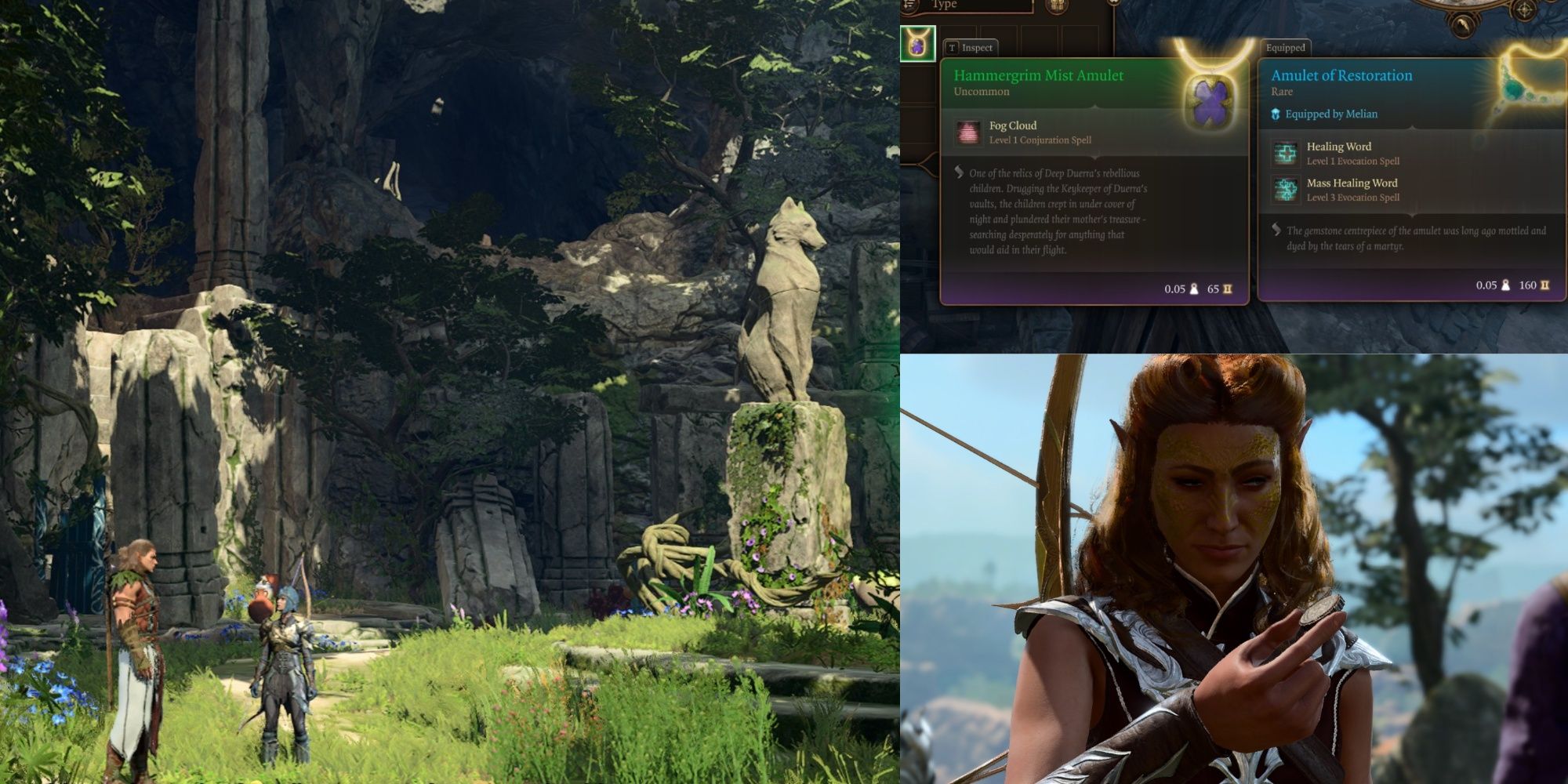
Related
Baldur’s Gate 3: 5 Great Accessories That Are Easy To Miss
With a game as huge as Baldur’s Gate 3, it’s easy for players to miss certain items on their adventures, and these accessories are prime examples.
Ideally, players should select Classes and abilities that give them immediate access to combat skills. That way, they always have some form of attack against opponents under any circumstance, especially when they get overwhelmed in the first stages of the game. Examples of such setups include spellcasters with constant access to Cantrips and 1st-Level Spells, Rogues with their Sneak Attacks, as well as Monks with their Flurry of Blows.
9
Combat Preference Is Tied To Classes
Combat Style Dependent On Tactical Preference
|
Procedure |
Class playstyle determines the way players should engage in combat |
|---|---|
|
Effect |
This lets players know if their new characters are meant to absorb damage in the front lines (Fighter, Barbarian), get flexible with their melee attacks (Monk, Ranger, Rogue), or get creative with spells from afar (Wizard, Sorcerer) |
Classes often dictate a player’s overall character creation flow in the RPG, especially if they want a character who can engage in combat efficiently with the rest of their Baldur’s Gate 3 party. Here are the Classes to consider:
- Fighter, Barbarian: Perhaps the best tanks in the game, the Class of choice dictates combat versatility. Barbarians rely on Rage for straightforward damage. Fighters possess more fluidity in dictating the flow of combat, courtesy of multiple Proficiencies.
- Monk, Ranger, Rogue: Often considered as the Classes with potential for the most DPS, a player’s combat approach depends on the Class chosen. Monks rely on Ki and boast better mobility, preferring to fight up close with simpler weapons. Rangers resemble Fighters in terms of combat versatility but are less tanky. Rogues rake in high damage numbers from the shadows.
- Sorcerer, Wizard: Glass cannons in terms of frail health in exchange for sheer damage output, Sorcerers and Wizards possess some of the most devastating spells in the game. Choosing them means accessing the best utility options in the RPG, but players may need to ensure they’re protected.
8
Support Preference Needs Versatility
Consider Support Type When Going For Support Classes
|
Procedure |
Debuff and Buff providers are often relegated to the support role |
|---|---|
|
Effect |
Understanding what each support style entails can help players min-max character styles, such as hard-focus on heals for Cleric, tanking for Paladins and Druids, and flexibility for the Warlock and Bard |
Players who want to create more flexible Baldur’s Gate 3 characters who don’t excel in combat but more than make up for it with support potential wouldn’t go wrong with certain Classes. However, certain support-oriented Classes do lean towards either conversational or healing playstyles, requiring some additional protection from Companions:
- Bard, Warlock: Practically the ones suited for Face Classes or conversationalists, Bards and Warlocks are well-balanced Classes. On top of advantages when talking, they offer some spellcasting flavor as well as opportunities to dish out damage in straightforward combat.
- Cleric, Druid, Paladin: Often relegated as healers and sub-tanks, their Class dictates the best type of support they offer the rest of the party. Clerics offer more buffing versatility, whereas Paladins are more combat-oriented with a bit of charismatic flair. Druids have access to Wildshape on top of their spells, making them more nature-thematic.
7
Secure Proficiencies For Flexibility
Get As Many Proficiencies As Possible
|
Procedure |
When given the opportunity, get Classes and Races where Proficiencies don’t overlap |
|---|---|
|
Effect |
Since equipping Weapons and Armor alongside bonuses is dependent on Proficiencies, getting as many of them as possible can ensure better rolls |
Class Features work the same way as their D&D counterpart, wherein the character’s perceived experience with the Class gives them access to certain skill sets. For instance, choosing a Rogue in Baldur’s Gate 3 gameplay gives players access to Melee and Ranged Sneak Attacks on top of Weapon Proficiencies (Simple Weapon, Hand Crossbow, Longsword, Rapier, Shortsword), Armor Proficiencies (Light Armour), Saving Throws (Dexterity, Intelligence), and four more Skill Proficiencies of the player’s choice.
Players looking to optimize their character early on should consider what Proficiencies their Class already possesses. That way, they can choose other elements that provide new Proficiencies, such as Race and Background. The more Proficiencies players have, the more flexible their builds can get.
6
Avoid Redundancies In Stats
Don’t Get Traits That Are Shared Across Races, Classes
|
Procedure |
Don’t get Races or Classes that provide the same Traits |
|---|---|
|
Effect |
This avoids redundancies in extra abilities that could be space for another unique Race or property |
Building upon securing Proficiencies in a character, players who want to enjoy their Baldur’s Gate 3 playthrough should consider opting out of options that “repeat” the same Proficiencies. Considering how players won’t always encounter weapons and armor that correspond to their Proficiencies, expanding their allowable gear can secure smoother gameplay.
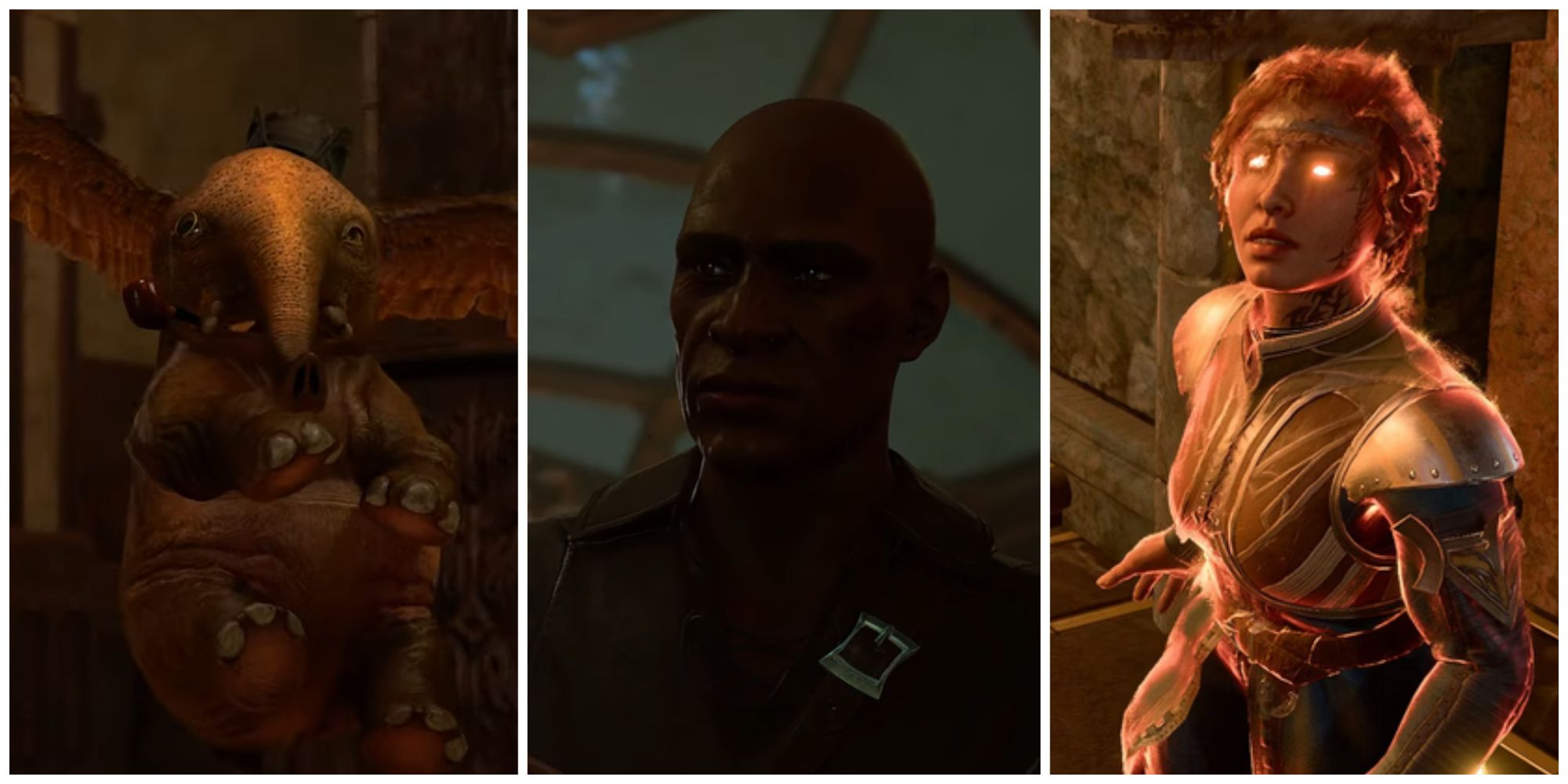
Related
Baldur’s Gate 3: 11 Characters Who Are Hard To Keep Alive
Baldur’s Gate 3 has plenty of lovable characters. Unfortunately, some of them are infamously hard to keep alive, and their deaths prove devastating.
For instance, building upon the Rogue, players may want to consider making a Half-Elf as the Civil Militia Feature further adds Spears, Pikes, Halberds, Glaives, and Shield to Proficiencies. Choosing to be a Wood Half-Elf also adds a Stealth Proficiency, expanding a Rogue’s selection of potential Skill Proficiencies.
Consider Getting Abilities The Class Doesn’t Provide
|
Procedure |
When choosing Race and other character features, consider things the Class doesn’t provide and vice versa |
|---|---|
|
Effect |
This maximizes the bonuses players get across various character properties |
On top of giving players access to a wide range of Races common to Faerun and the Forgotten Realms, players can also enjoy their Baldur’s Gate 3 experience by choosing a Sub-Race associated with their Race of choice, complete with Features and special bonuses.
For instance, all Dragonborn can be of 10 colors, all of which possess one of five unique Breath Weapons that act as a special attack. Meanwhile, Half-Elves can enjoy an extra Cantrip (High Half-Elf), more movement and Stealth Proficiencies (Wood Half-Elf), and generate a light source via Dancing Lights (Drow Half-Elf).
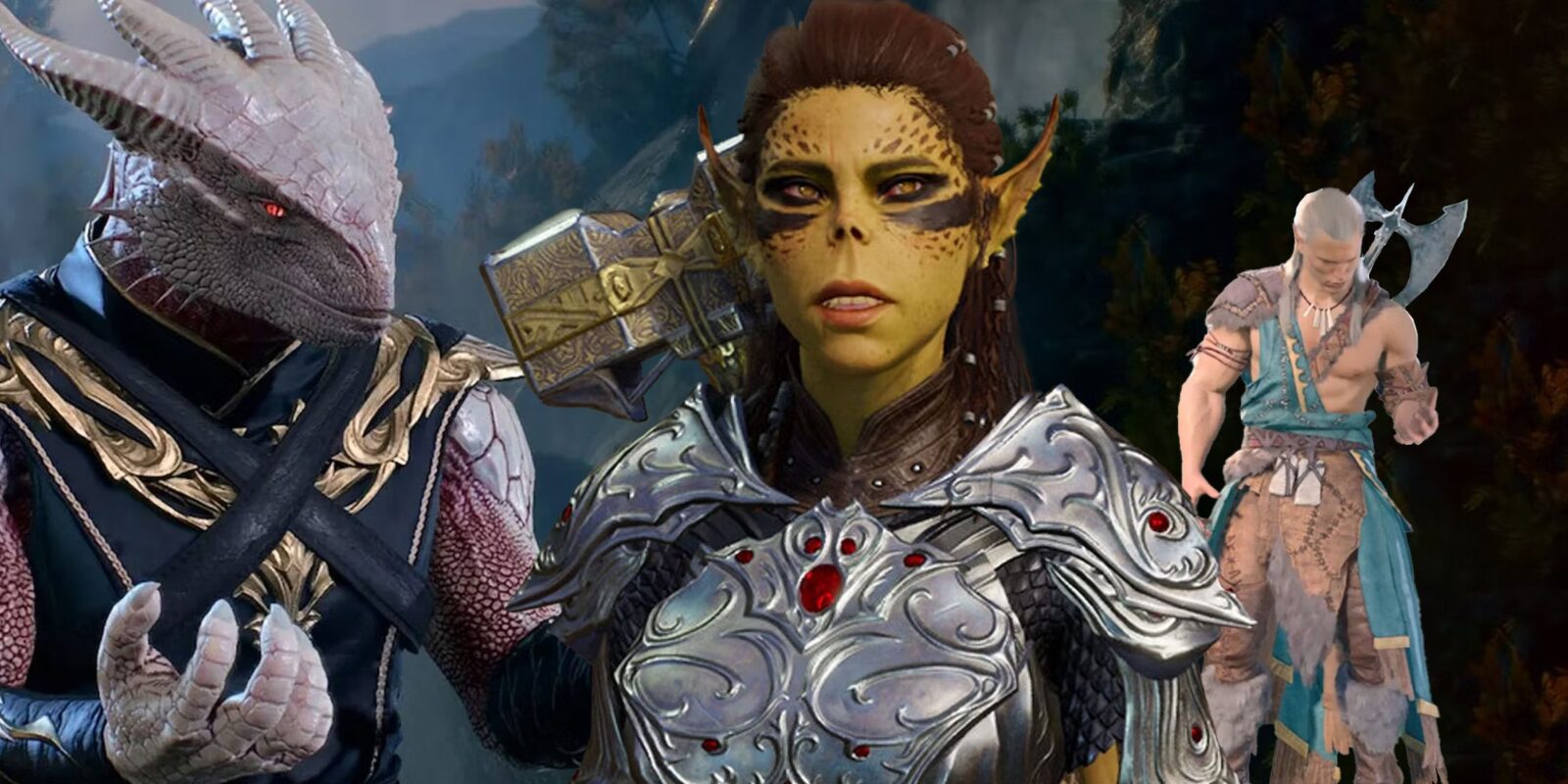
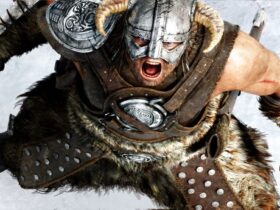
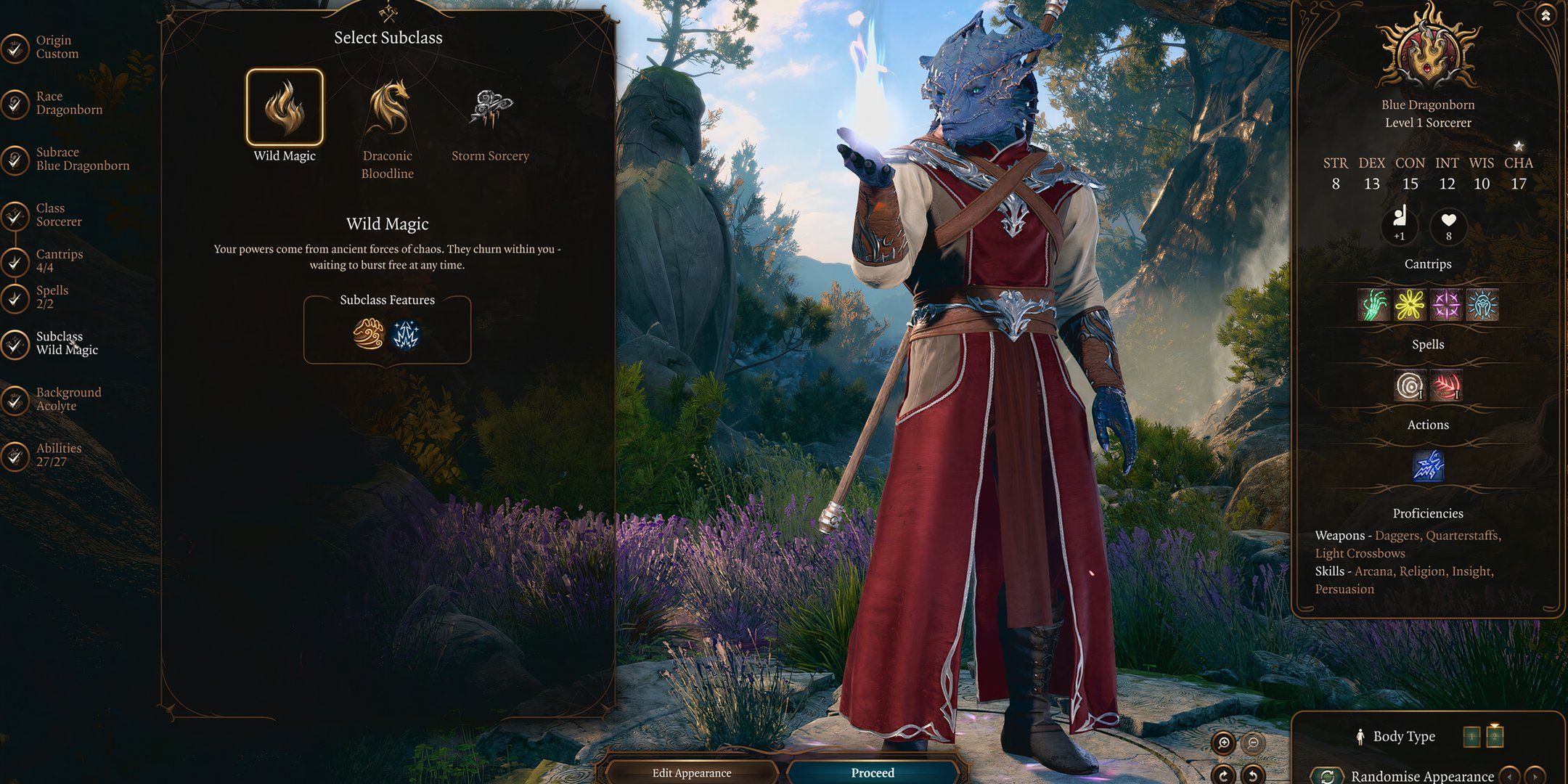
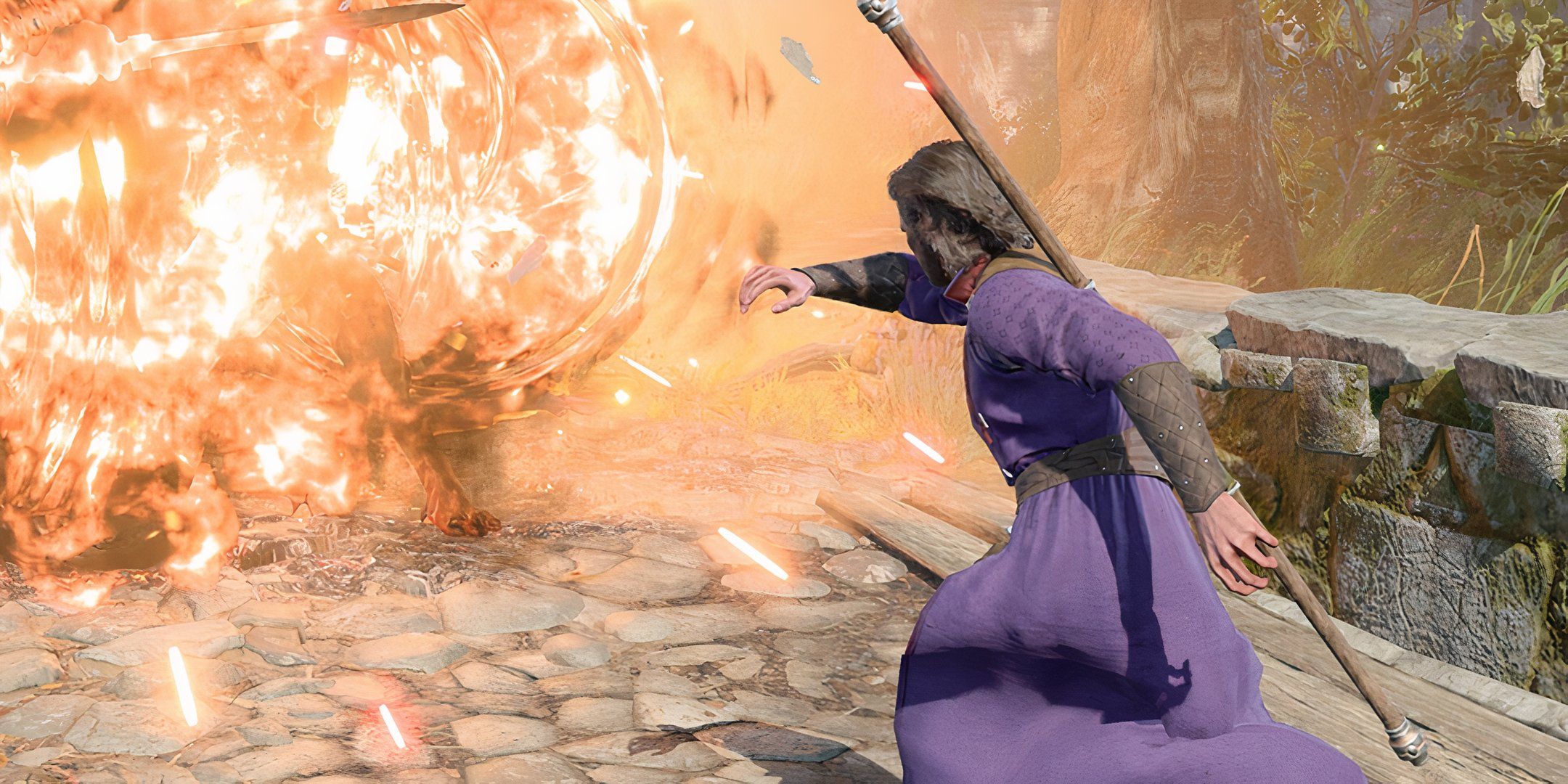
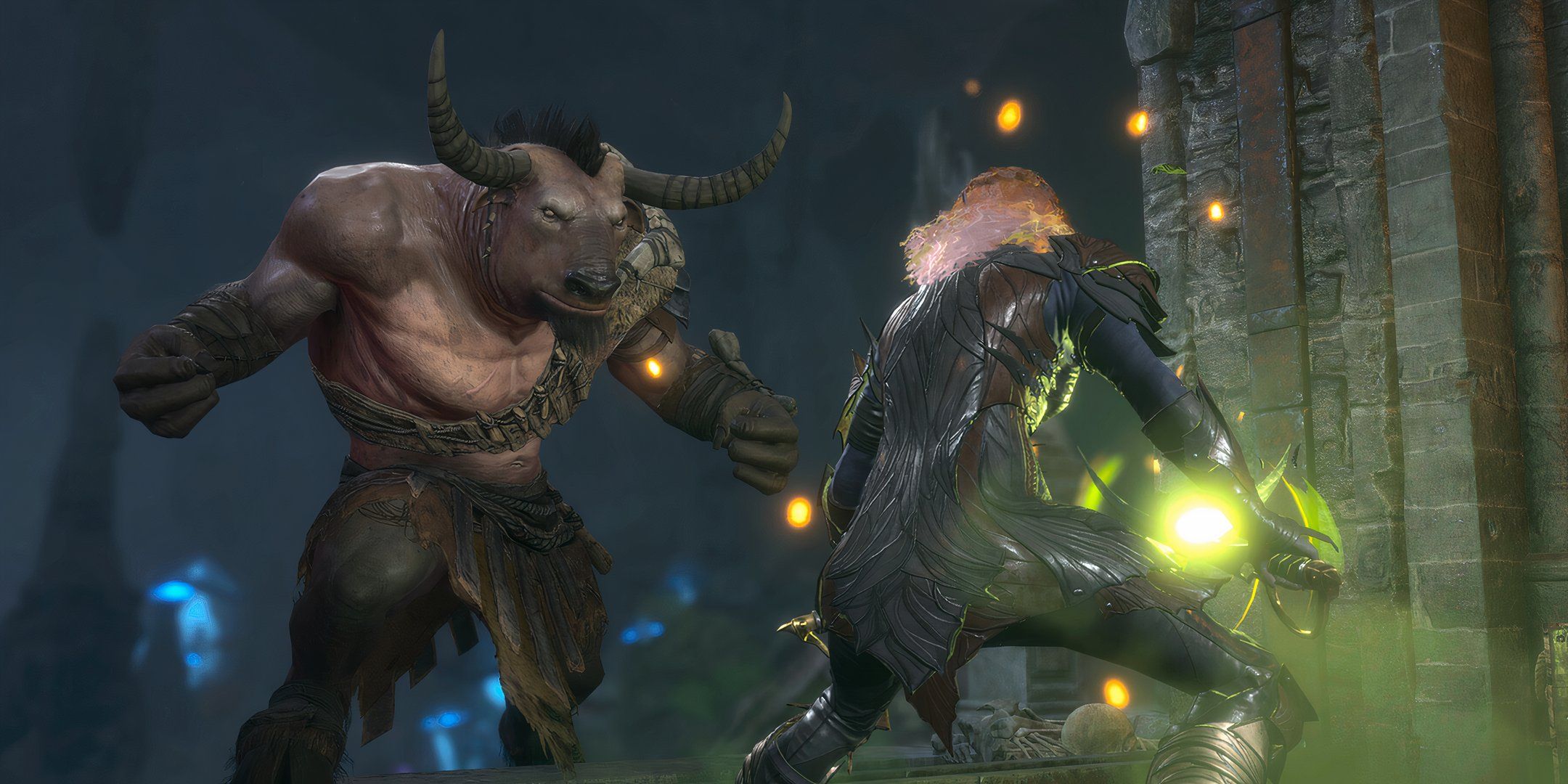
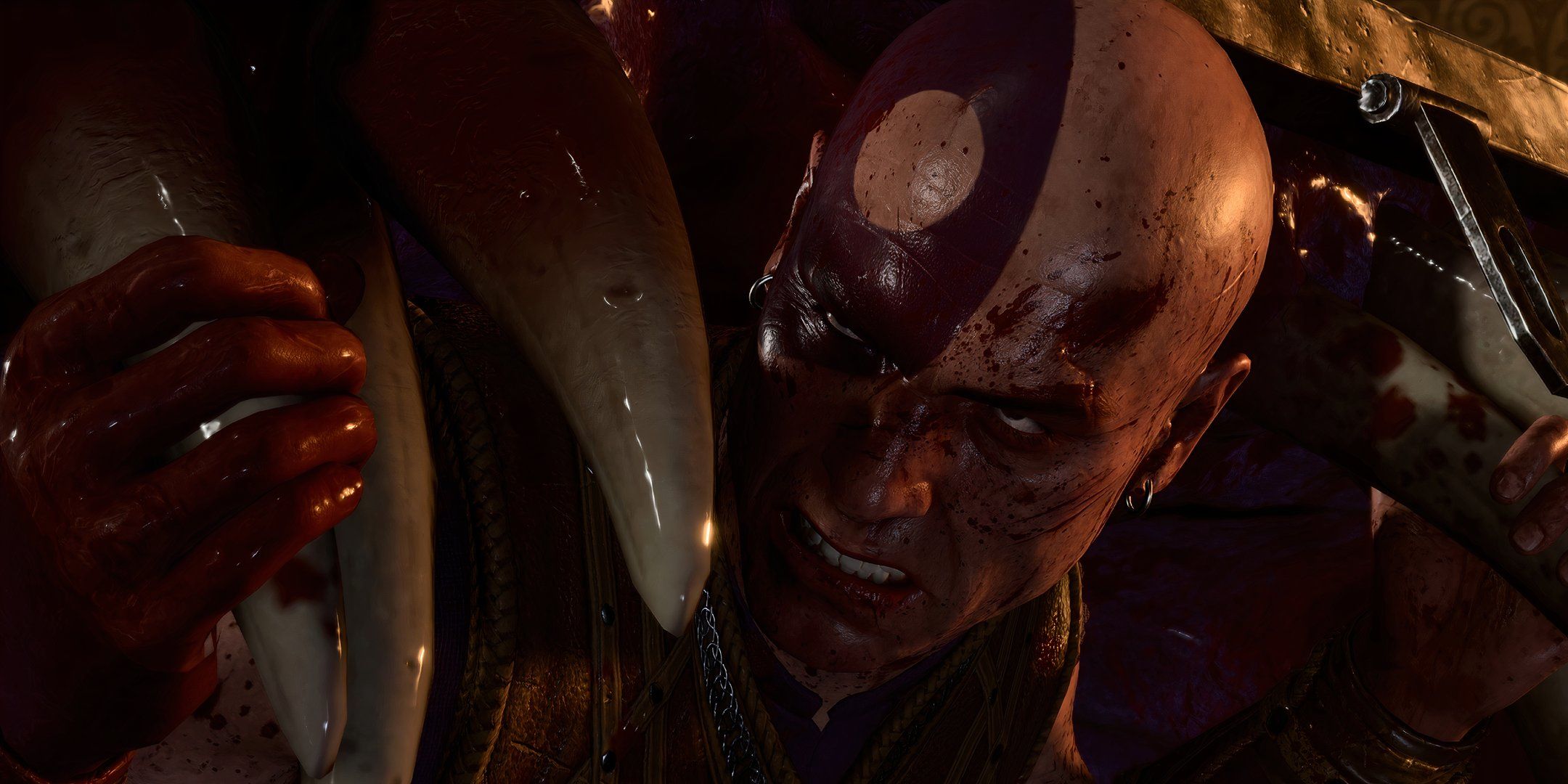
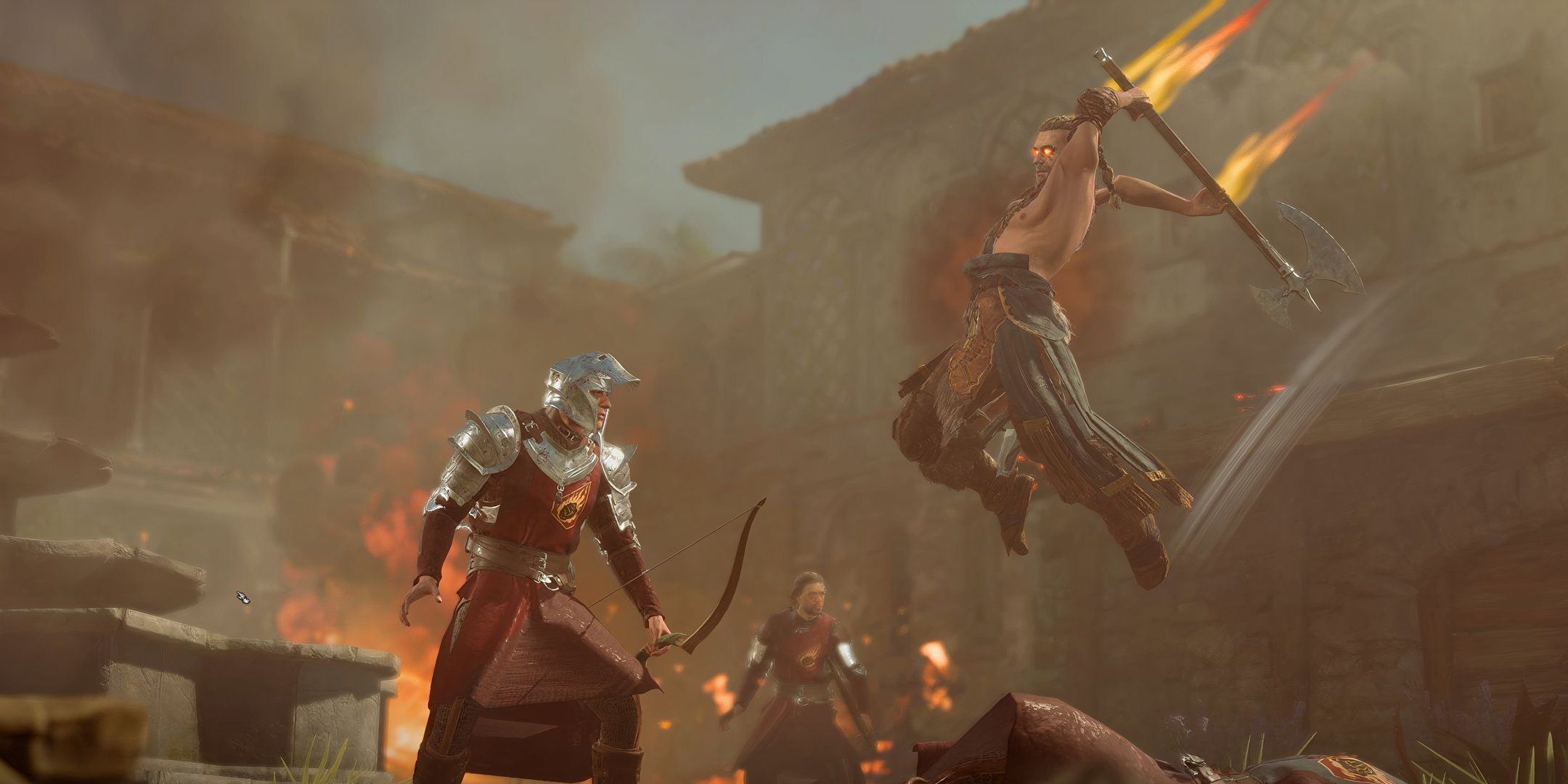
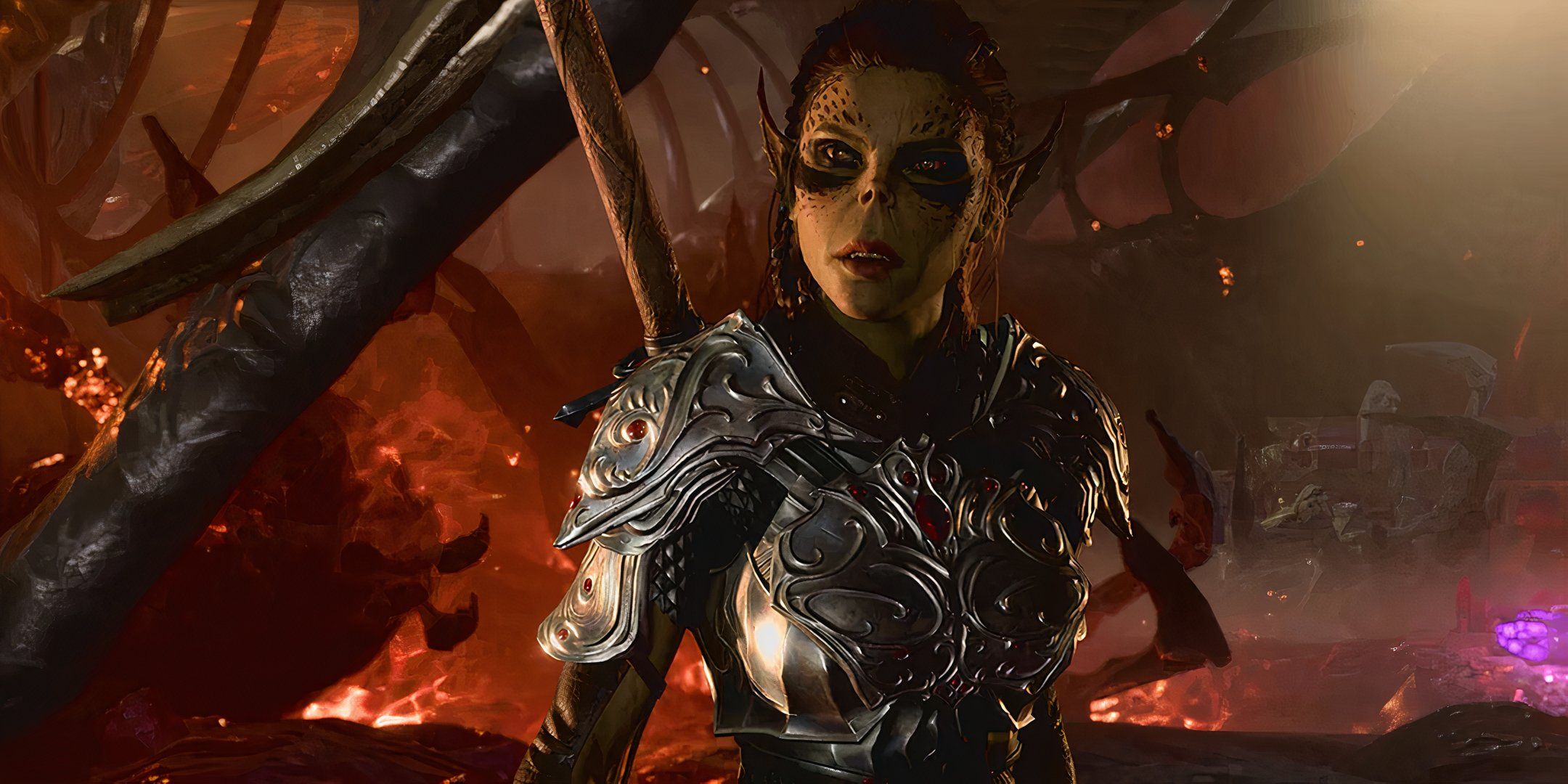

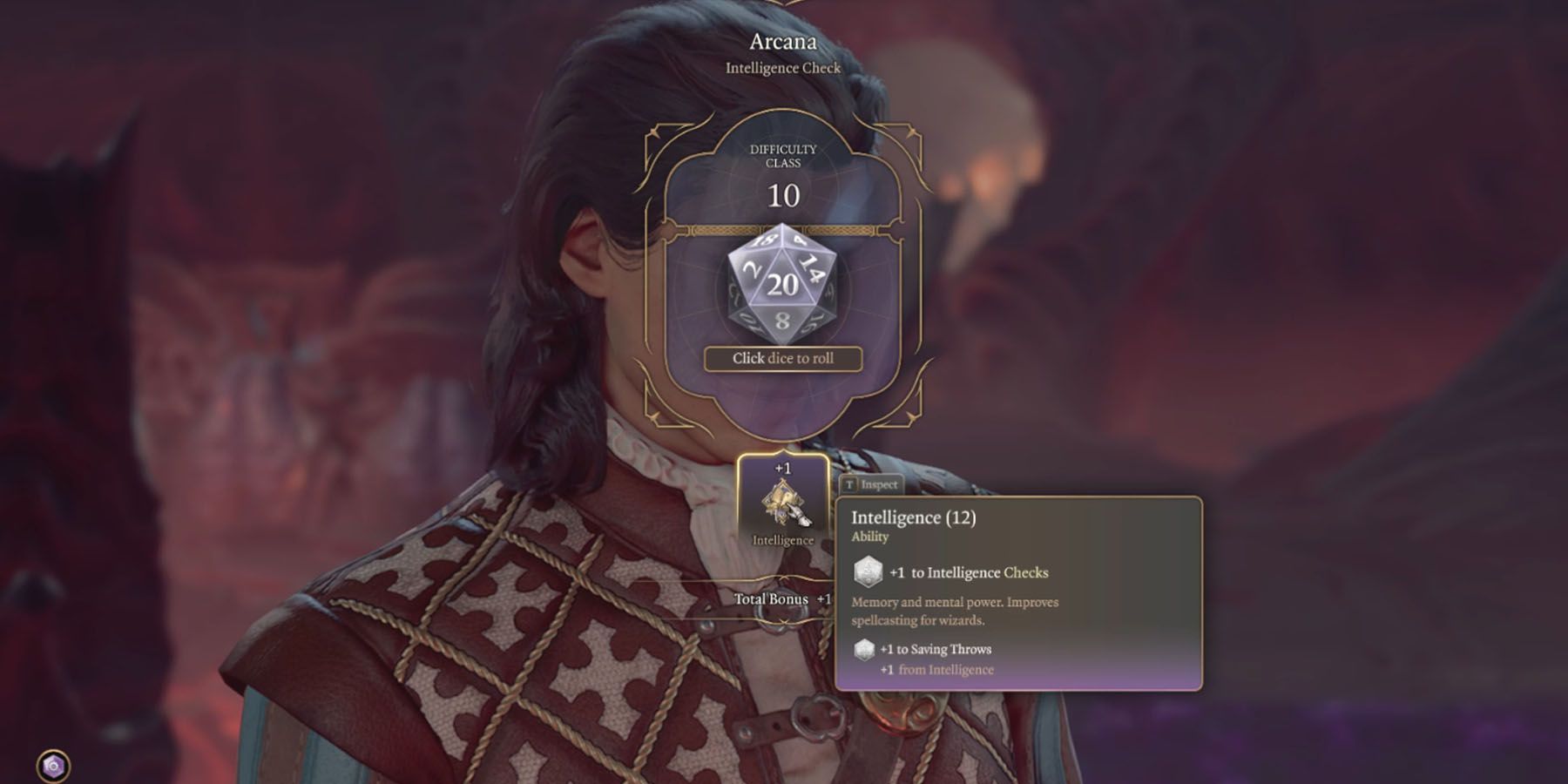
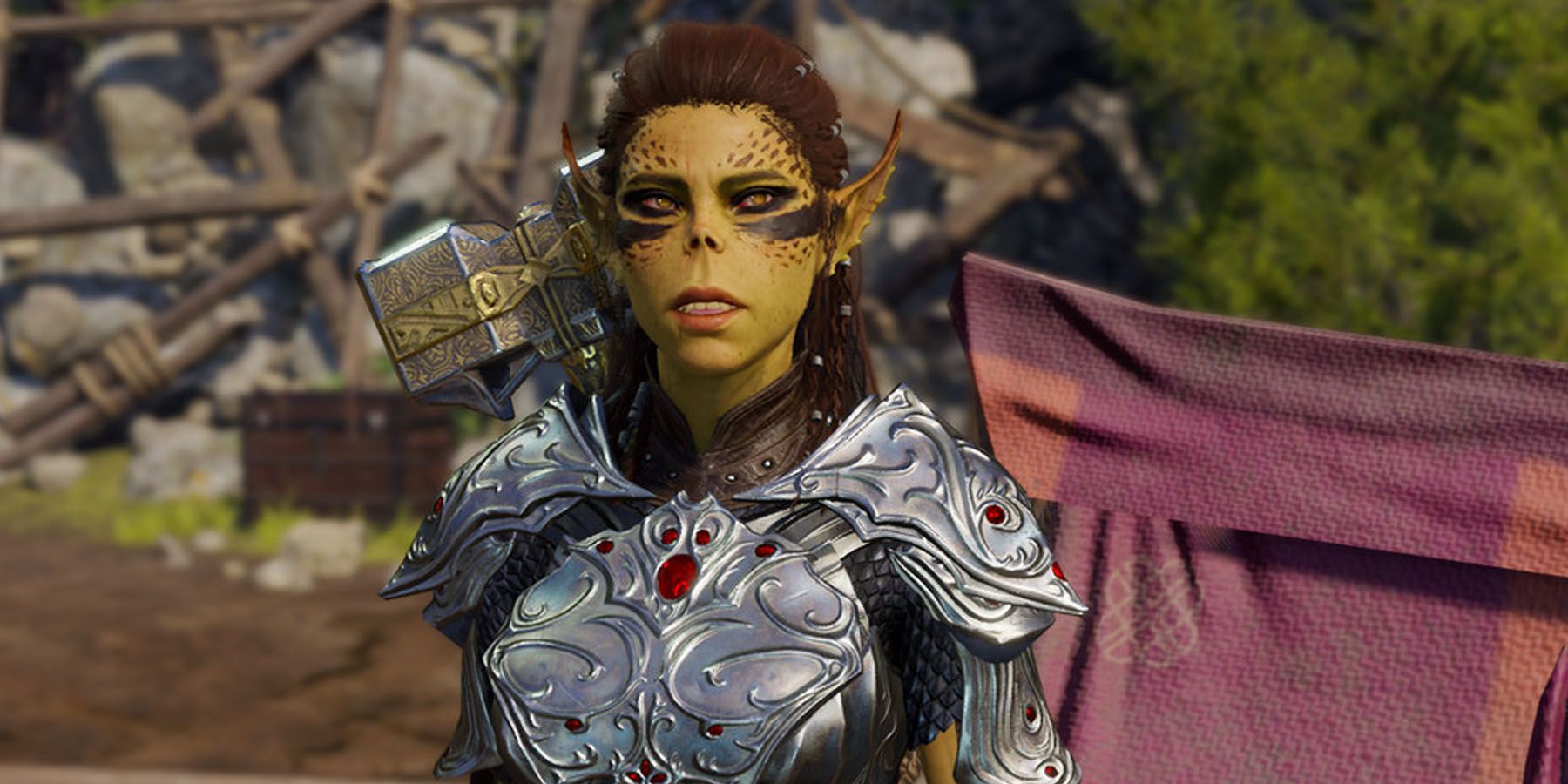
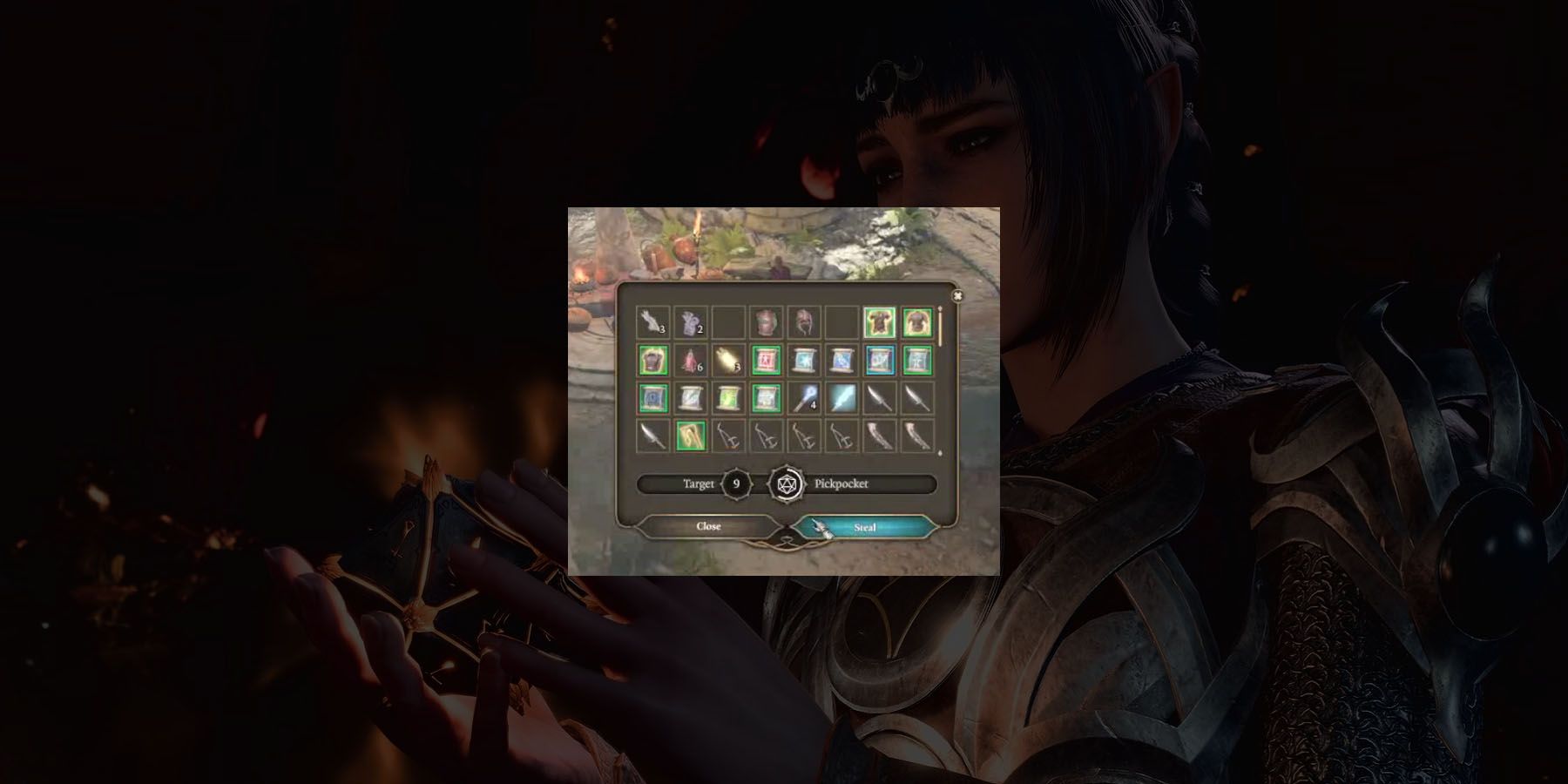
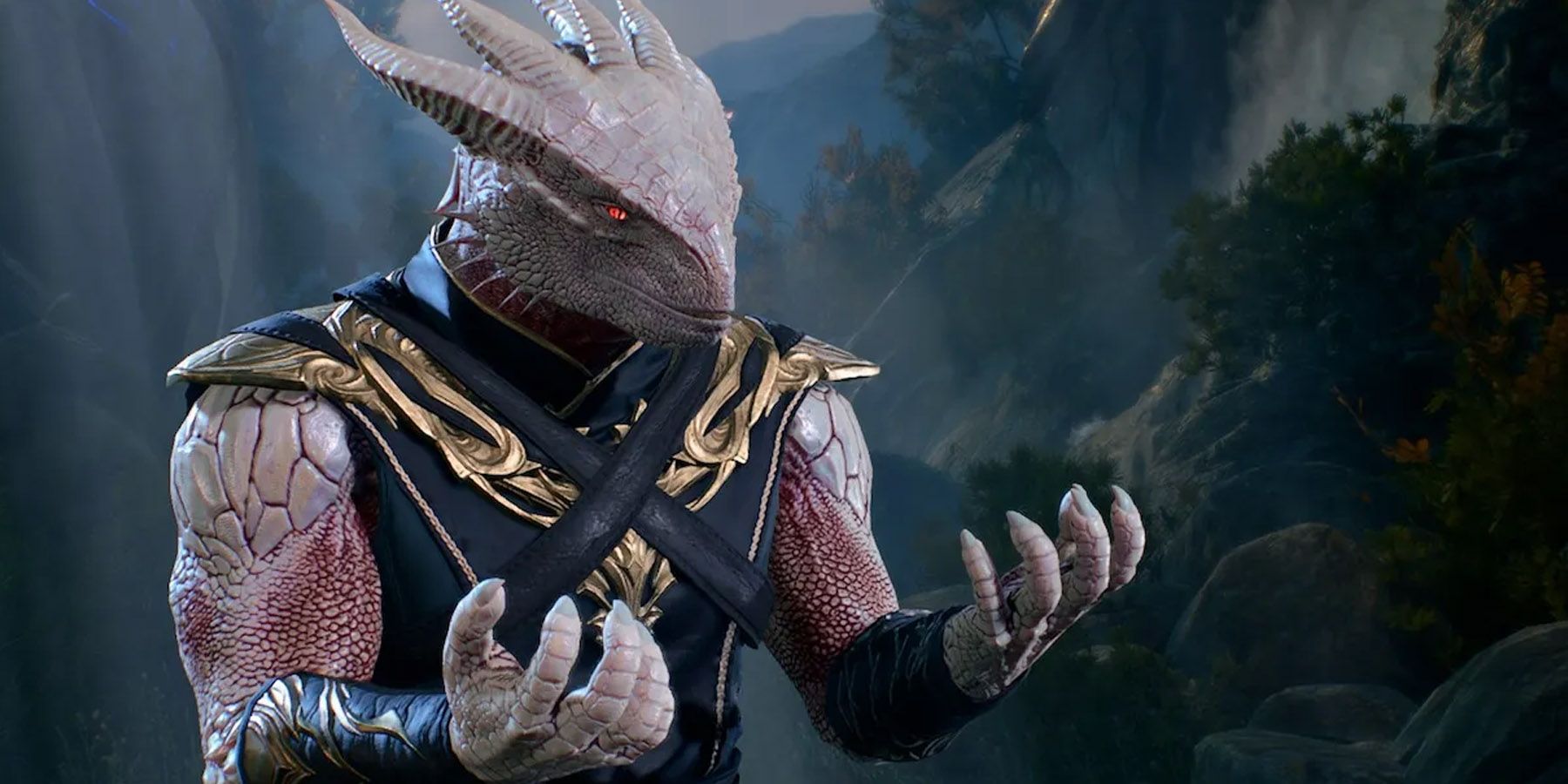
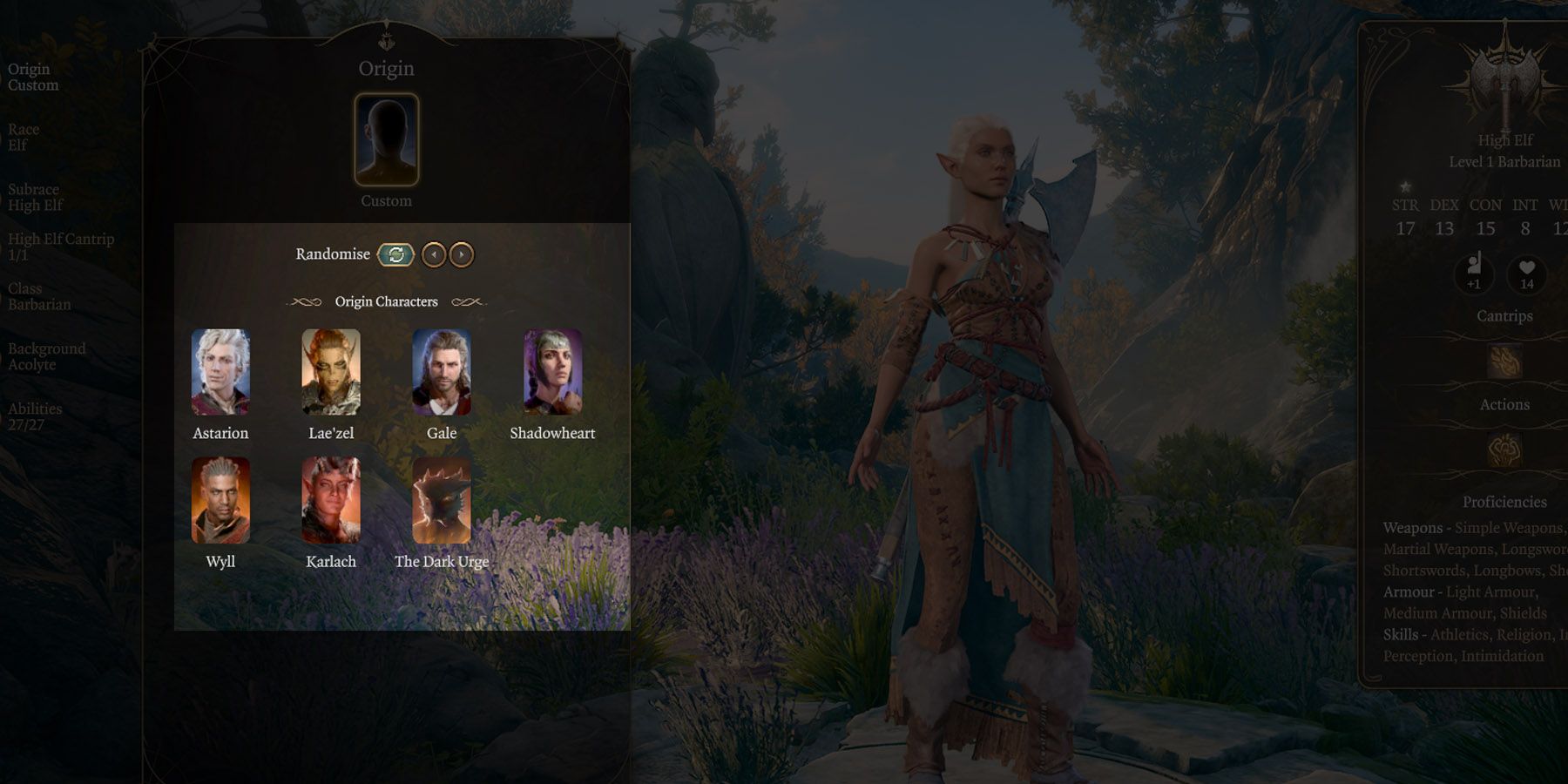
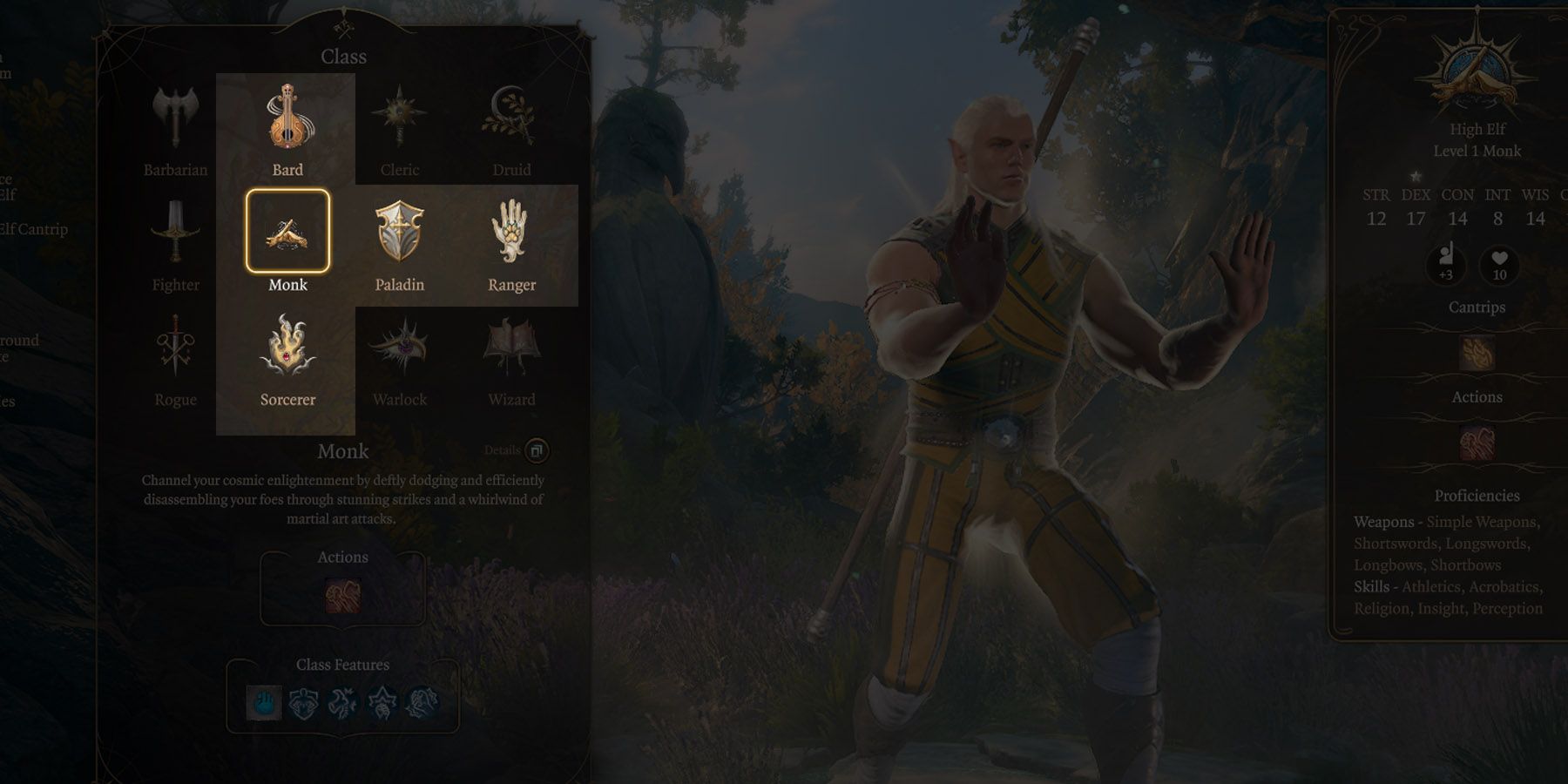
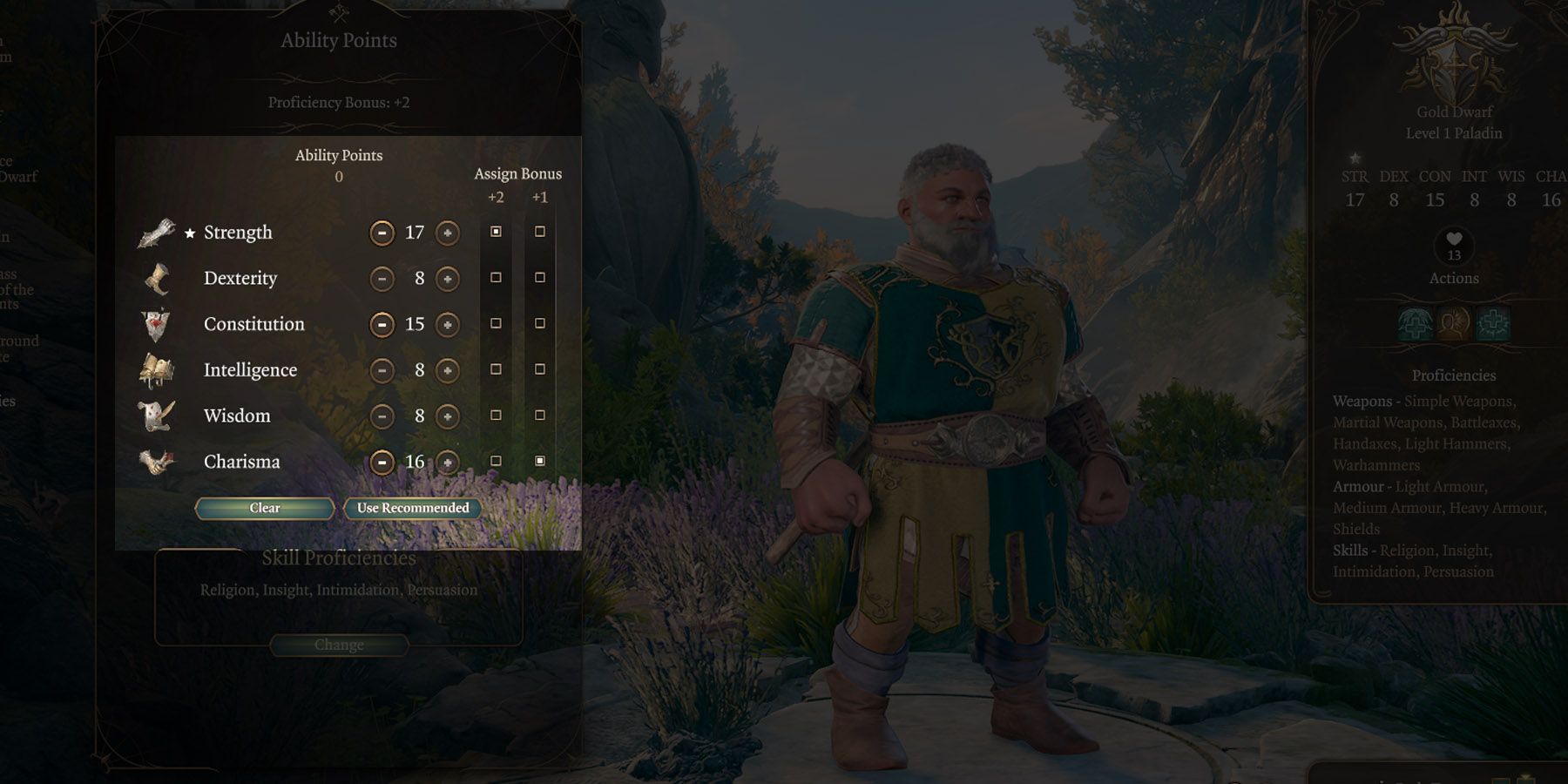
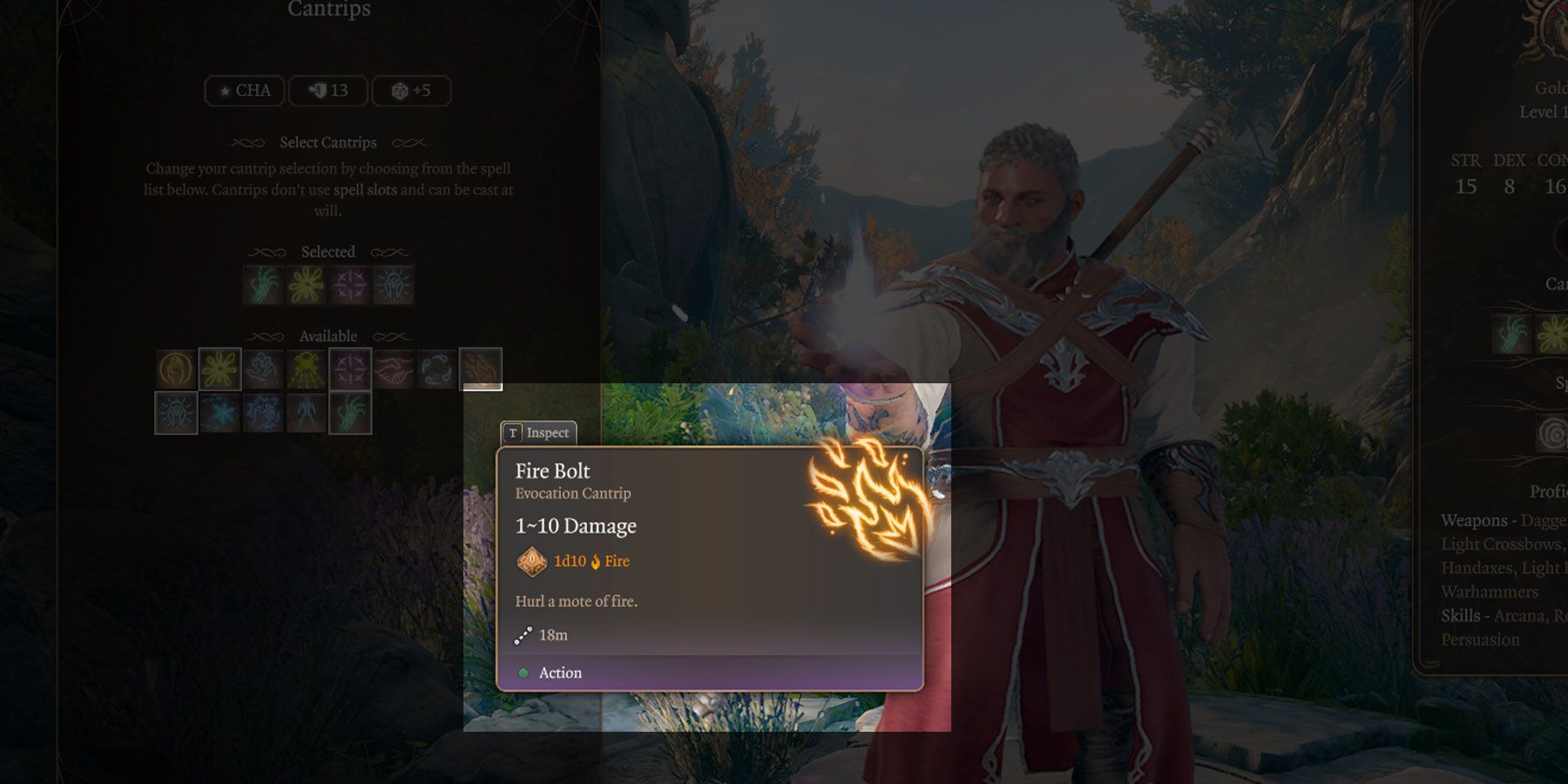
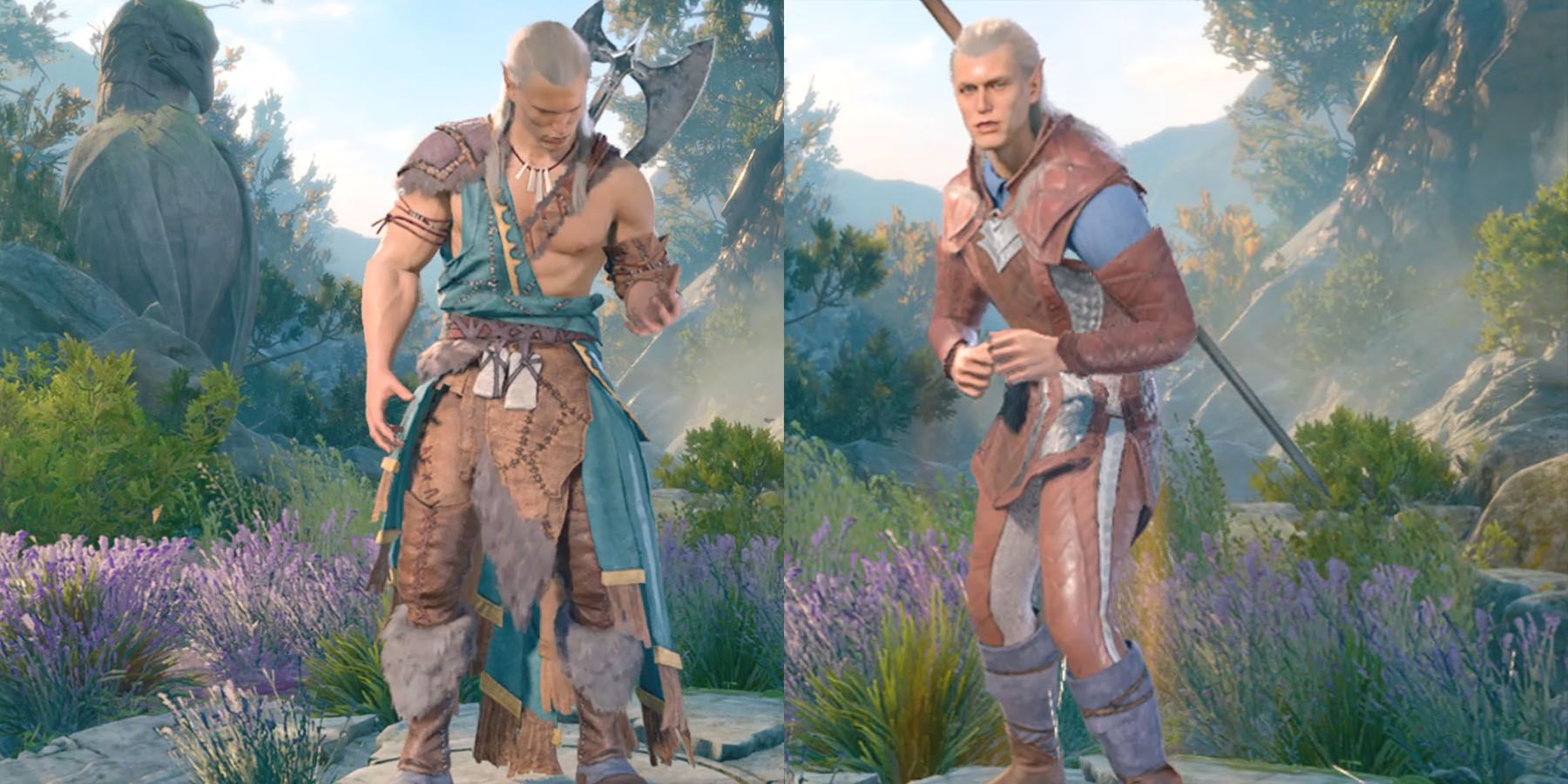
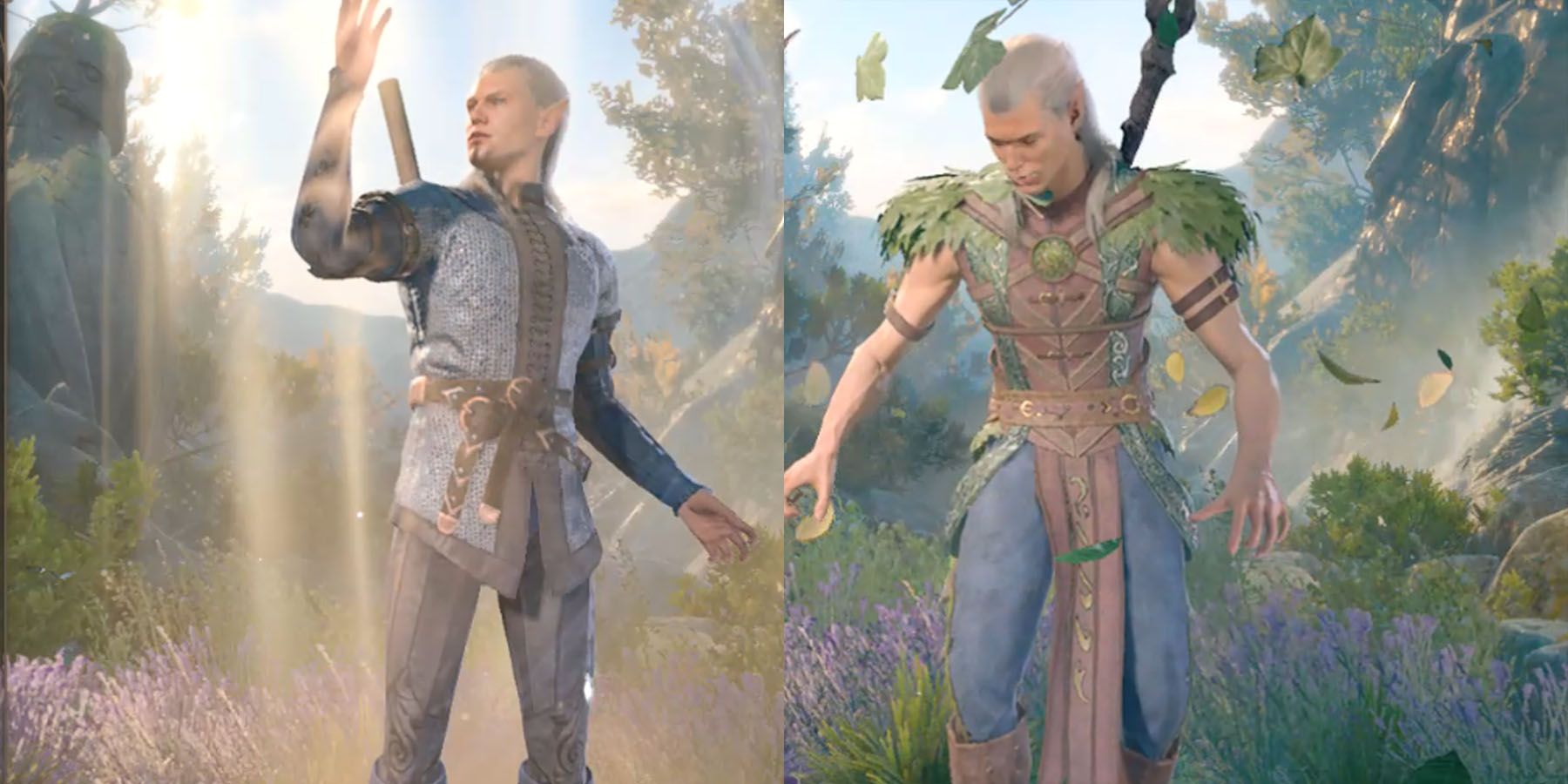
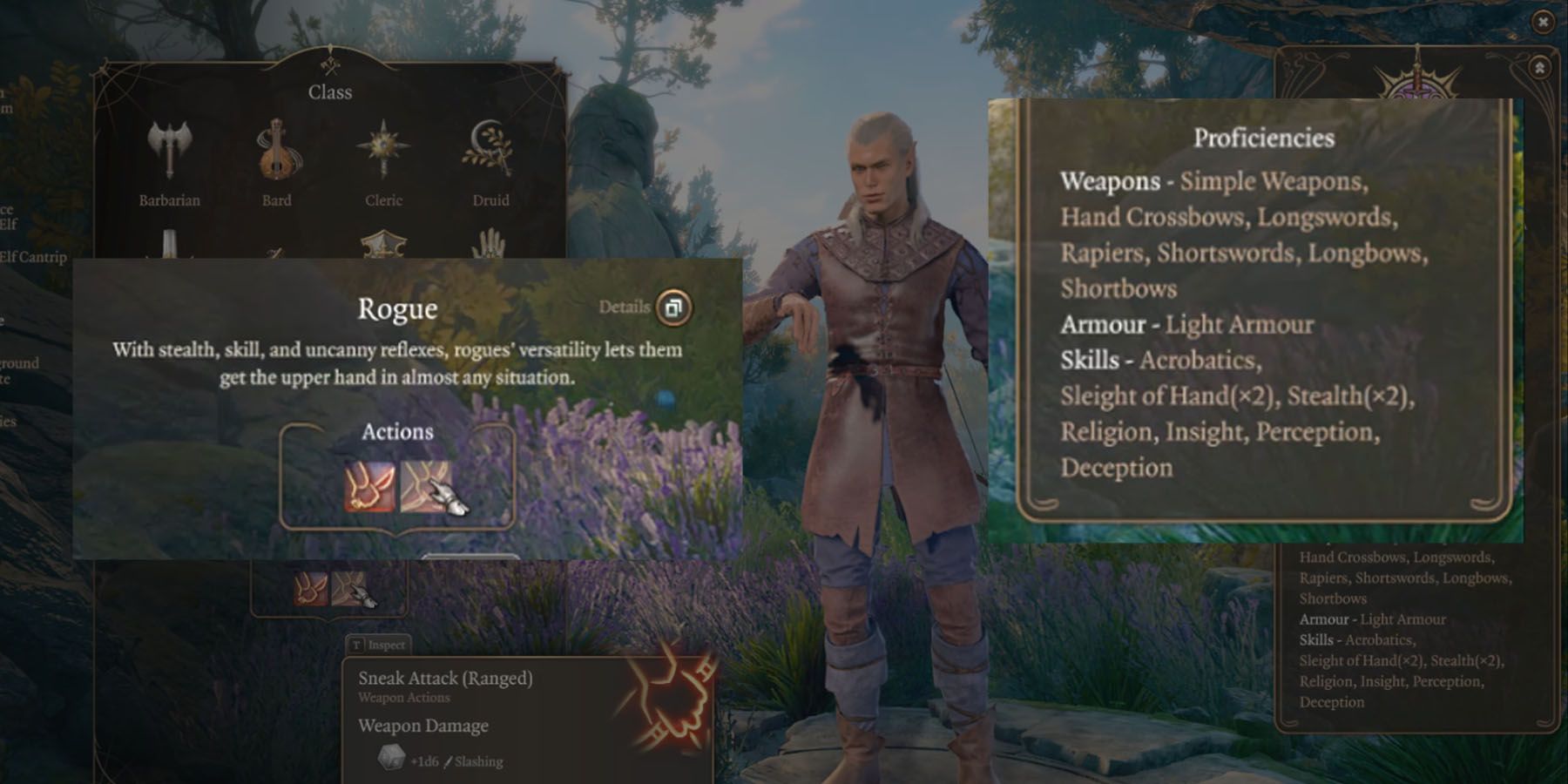
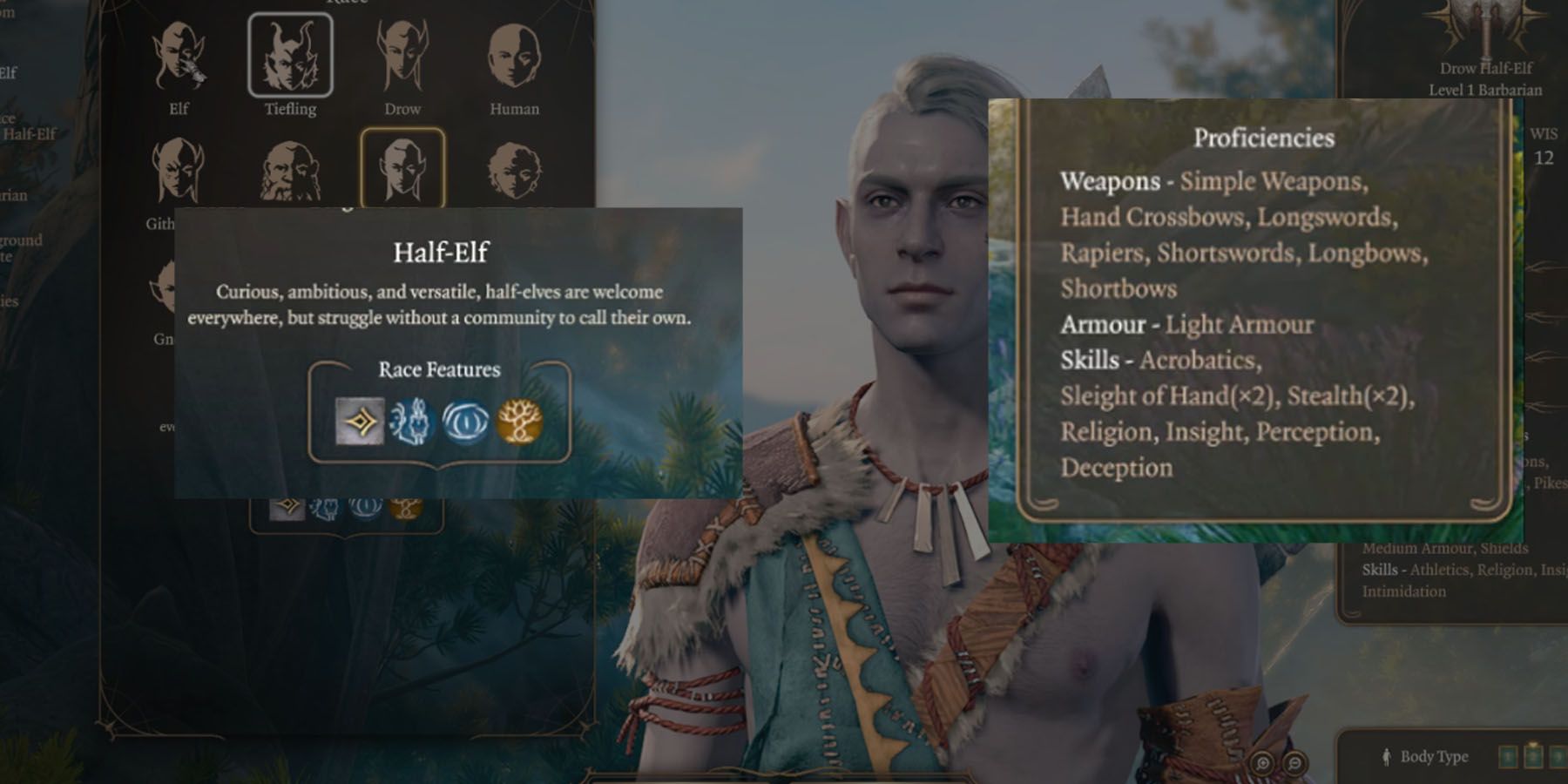
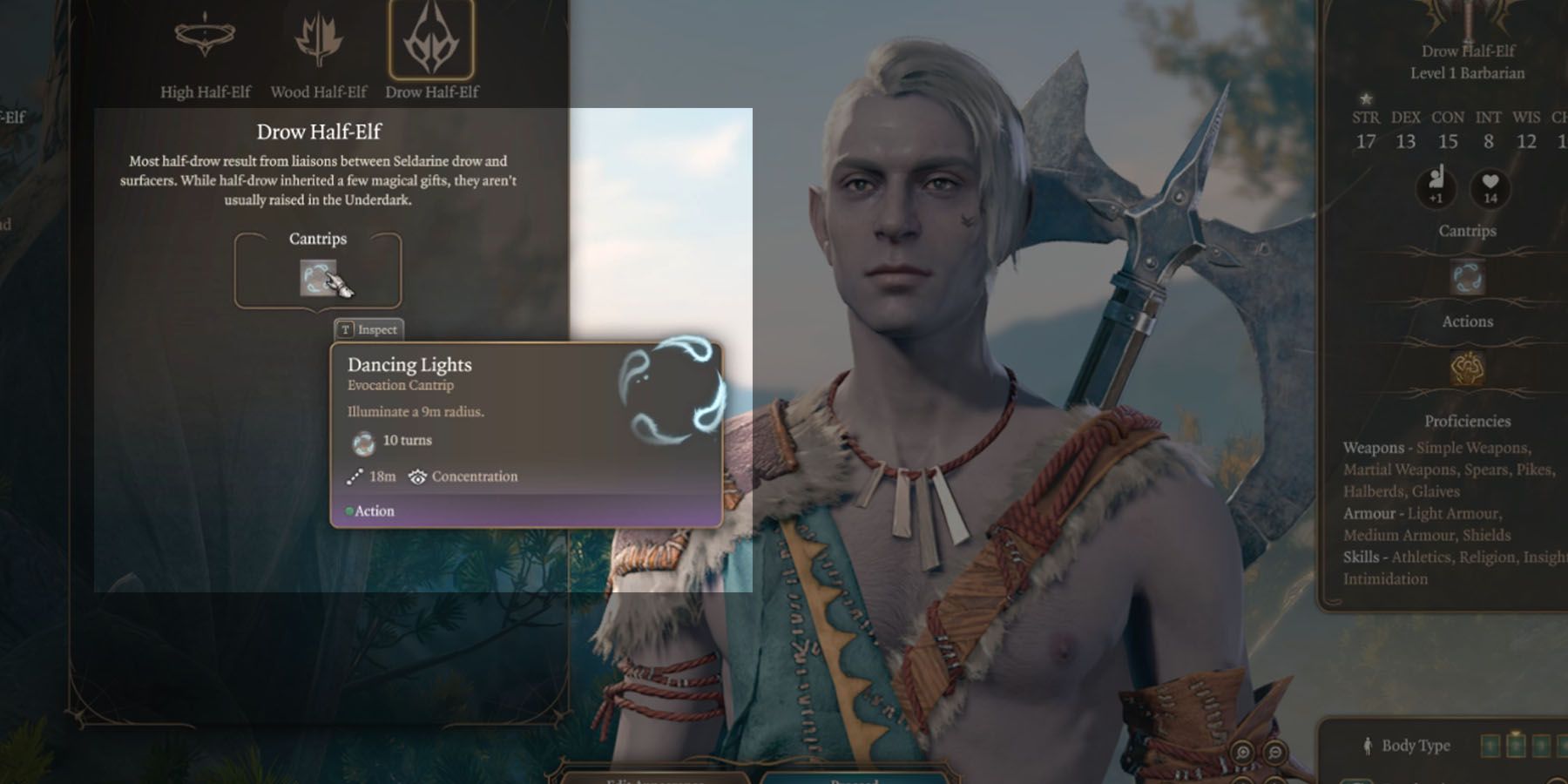

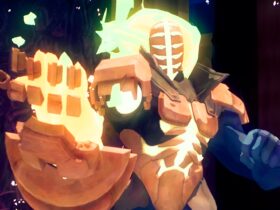
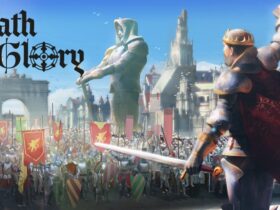
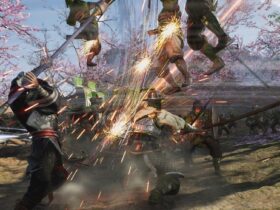



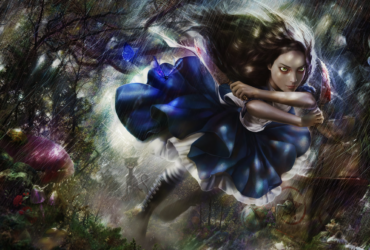

Leave a Reply